
A weekend on San Francisco's Embarcadero
6 min read Apr 4, 2024
In late 2022, right before we had our second child, we spent a weekend In San Francisco. For lodging, we chose the Hyatt Regency San Francisco for its proximity to The Embarcadero.
Hyatt Regency San Francisco
Completed in 1978, the hotel is part of a large mixed-use development. The focal point is a grand light-filled atrium — a signature element of its architect, John Portman. His firm hit its stride in the late 60s and early 70s, a time of social upheaval and urban decay. It was just after Jane Jacobs published her seminal book, The Death and Life of Great American Cities.
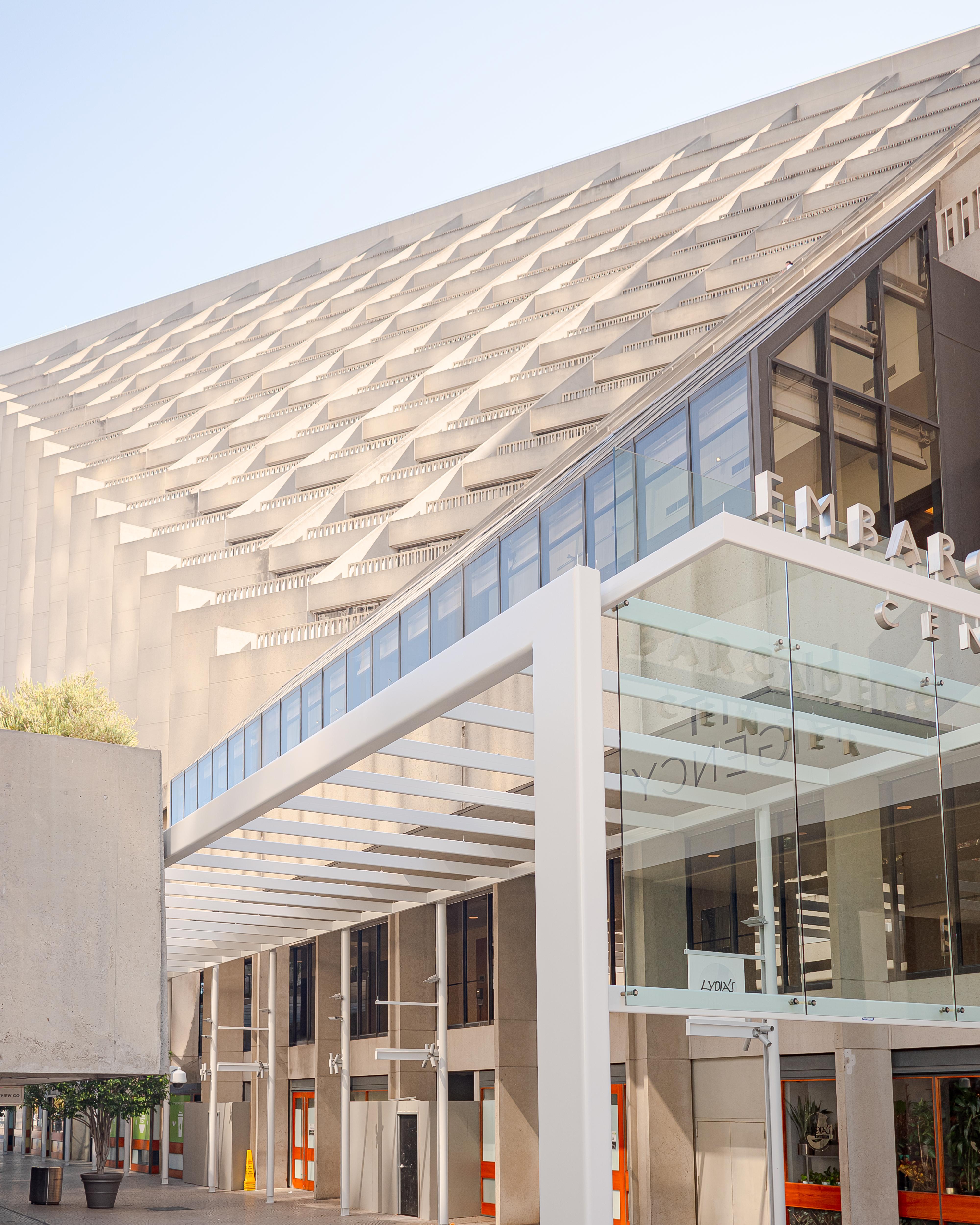 Leica CL · 18mm · f/2.8 · 1/320 ·
ISO 100
Leica CL · 18mm · f/2.8 · 1/320 ·
ISO 100
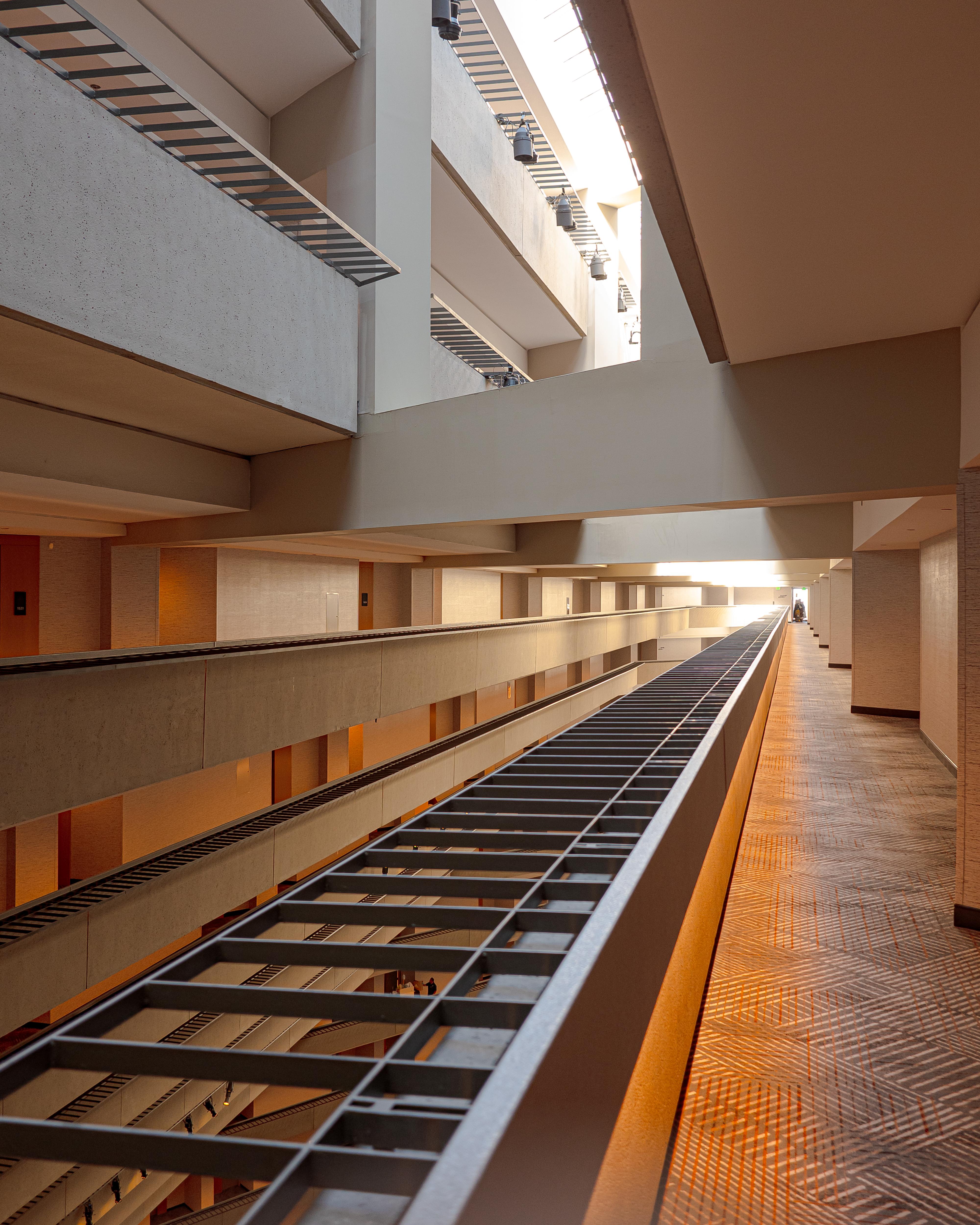 Leica CL · 18mm · f/2.8 · 1/50 ·
ISO 500
Leica CL · 18mm · f/2.8 · 1/50 ·
ISO 500
Portman’s influence stemmed from his role not just as architect, but as property developer. His work transformed American downtowns not building-by-building, but in large swaths at once. His atriums were the primary instrument in applying the idea of “interior urbanism”, which challenged traditional ideas of public space. Unlike open-air plazas, expansive hotel lobbies created climate-controlled islands that isolated, not integrated, visitors from the surrounding city.
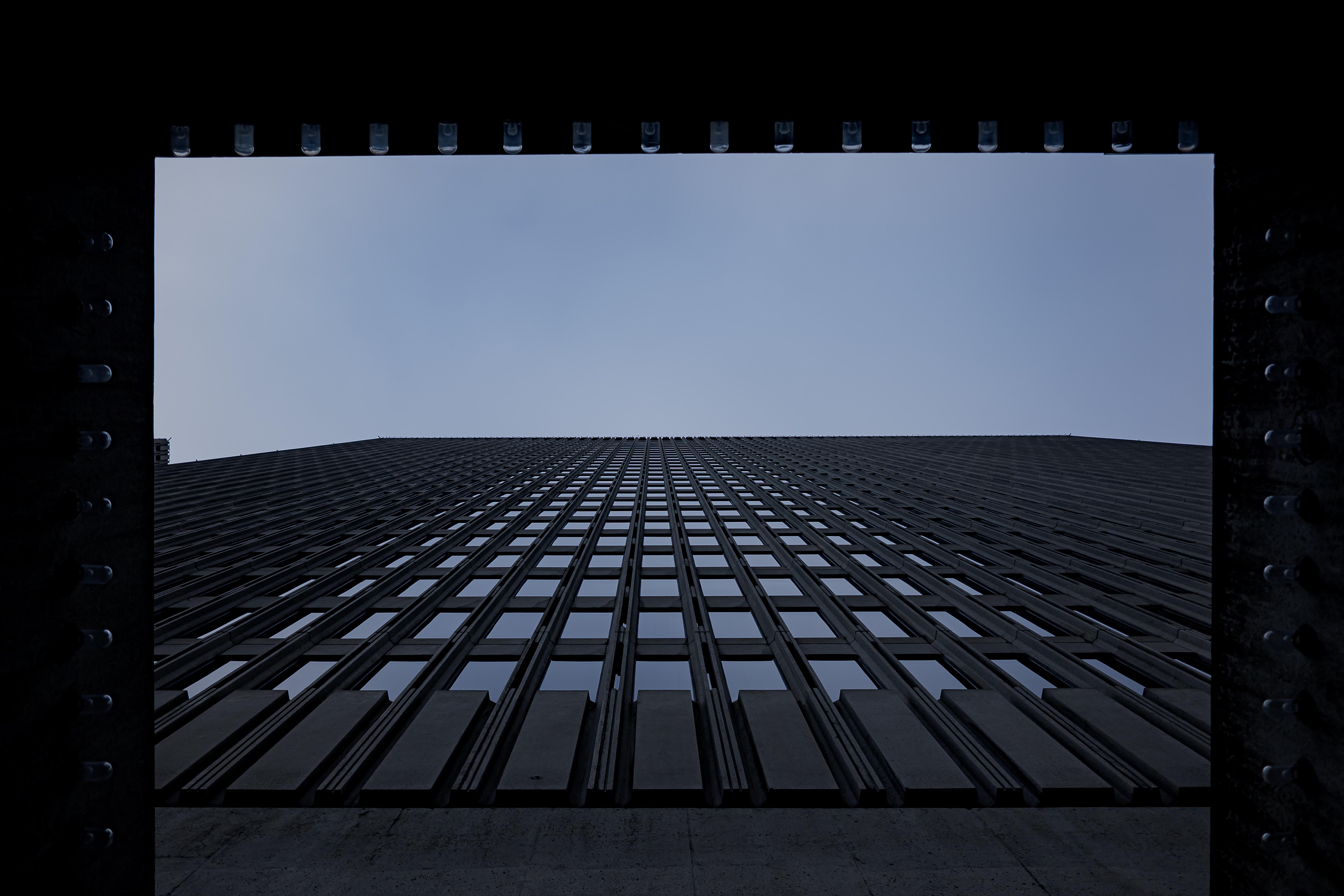 Leica CL · 18mm · f/2.8 · 1/1600
· ISO 100
Leica CL · 18mm · f/2.8 · 1/1600
· ISO 100
My experience was mixed. Today, it is hard not notice the stark contrast between the clean atrium and the the relative squalor of nearby Market Street and the Tenderloin. I slept in peace on my hotel bed, while the homeless and mentally-ill were on the streets.
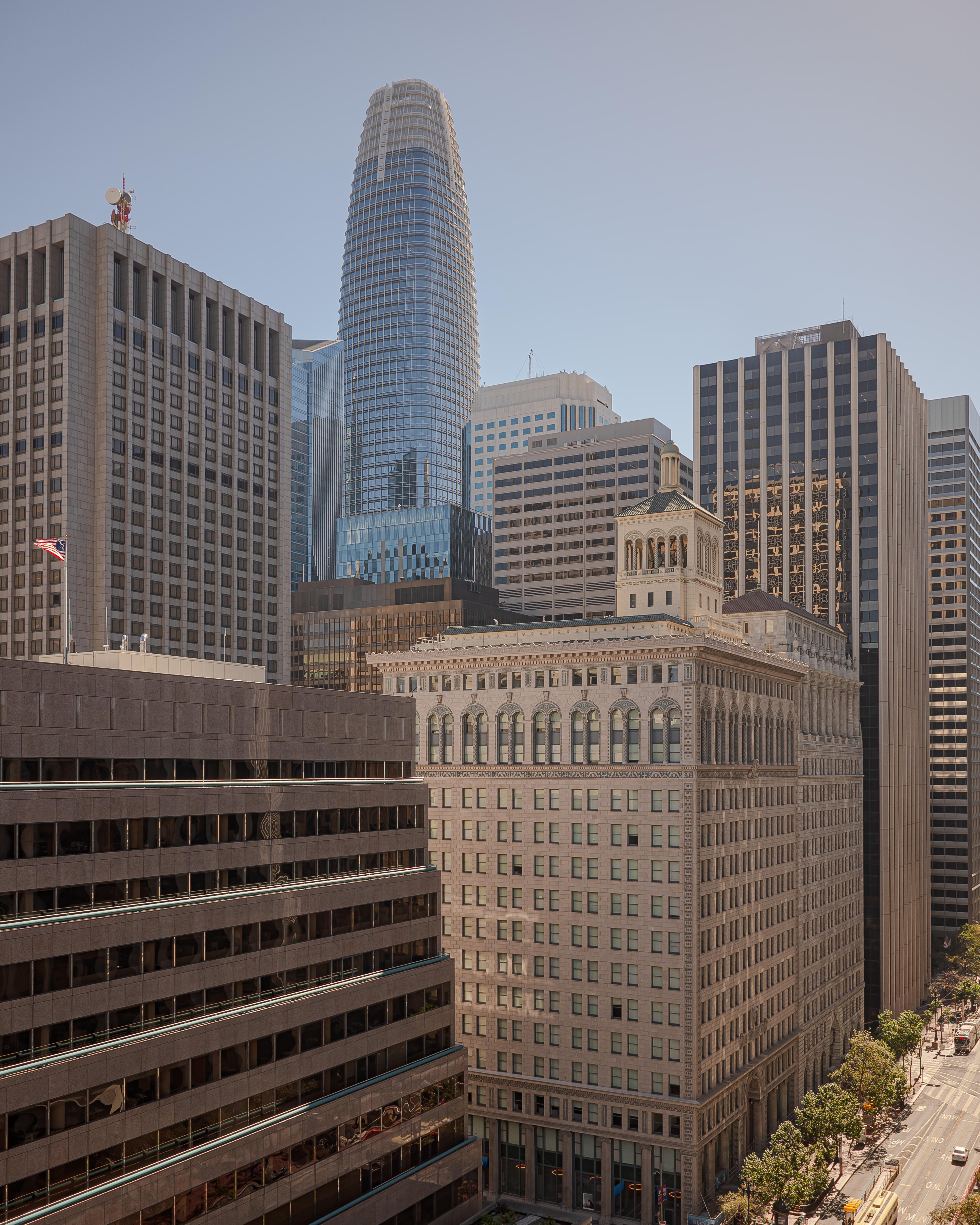 Leica CL · 18mm · f/2.8 · 1/320 ·
ISO 100
Leica CL · 18mm · f/2.8 · 1/320 ·
ISO 100
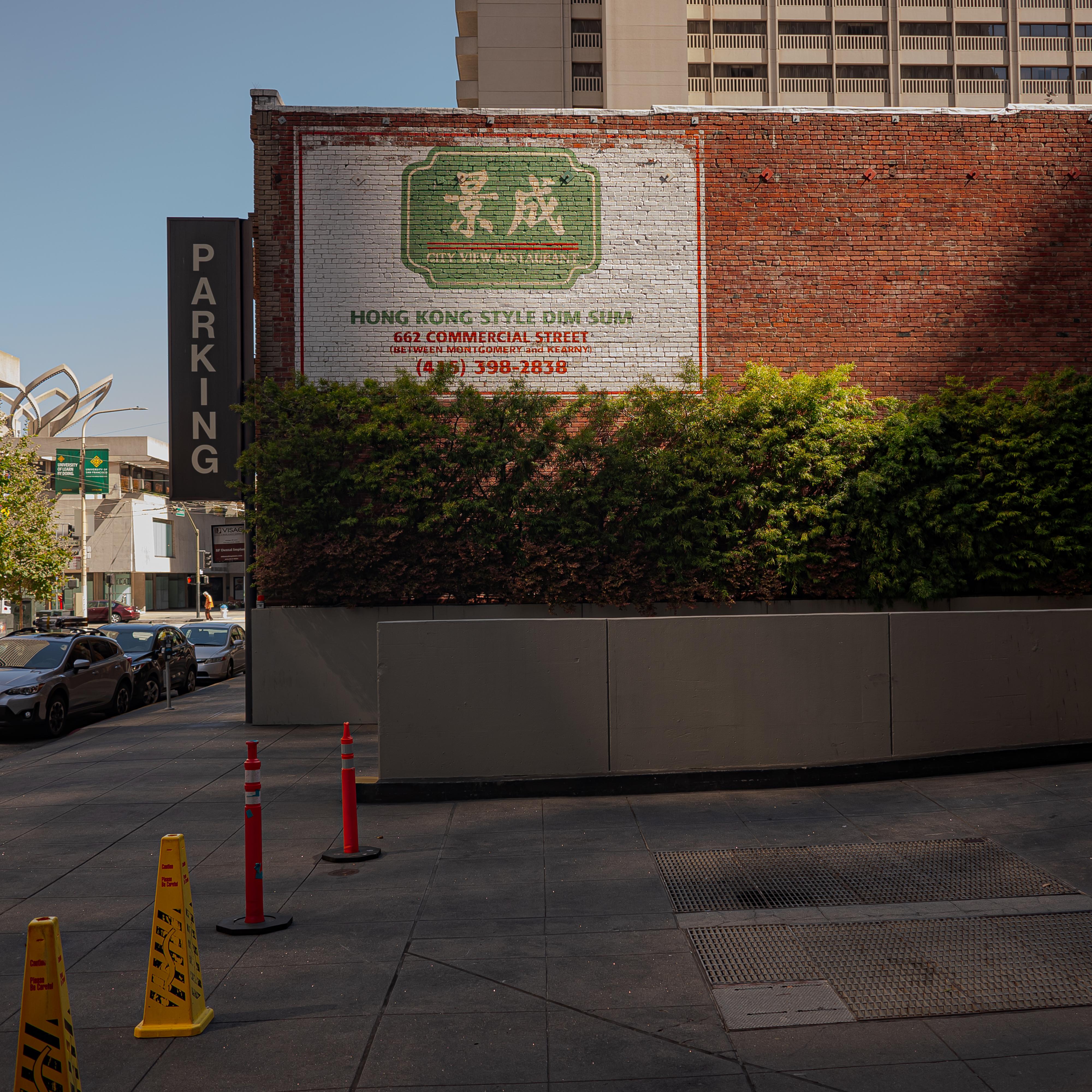 Leica CL · 18mm · f/2.8 · 1/200 ·
ISO 100
Leica CL · 18mm · f/2.8 · 1/200 ·
ISO 100
Yet, while there, we loved it. The atrium made the perfect safe zone for our child to run and walk around. The huge glass windows offered up the chance to view the passing cars, busses, cablecars, and boats.
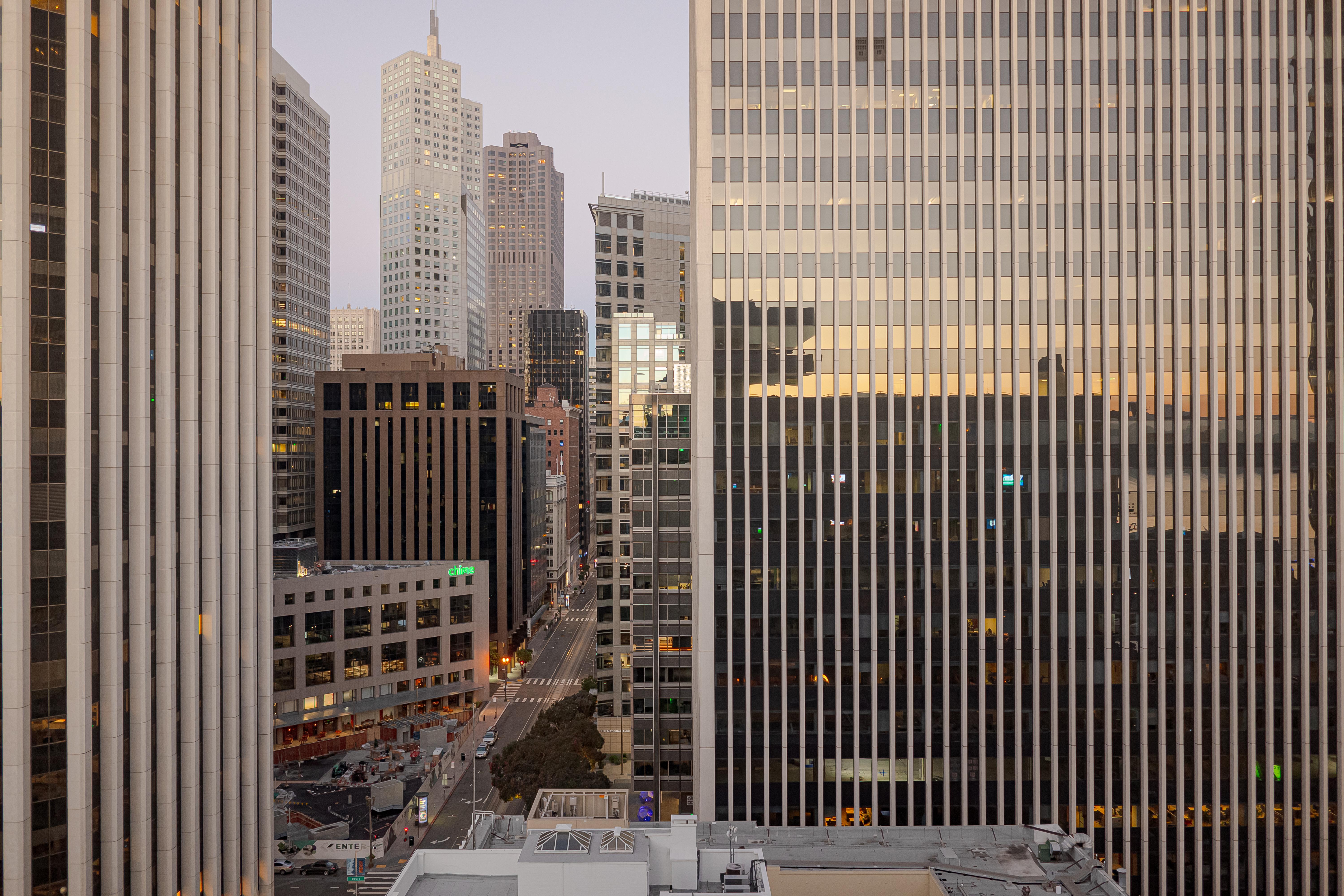 Leica CL · 18mm · f/2.8 · 1/15 ·
ISO 800
Leica CL · 18mm · f/2.8 · 1/15 ·
ISO 800
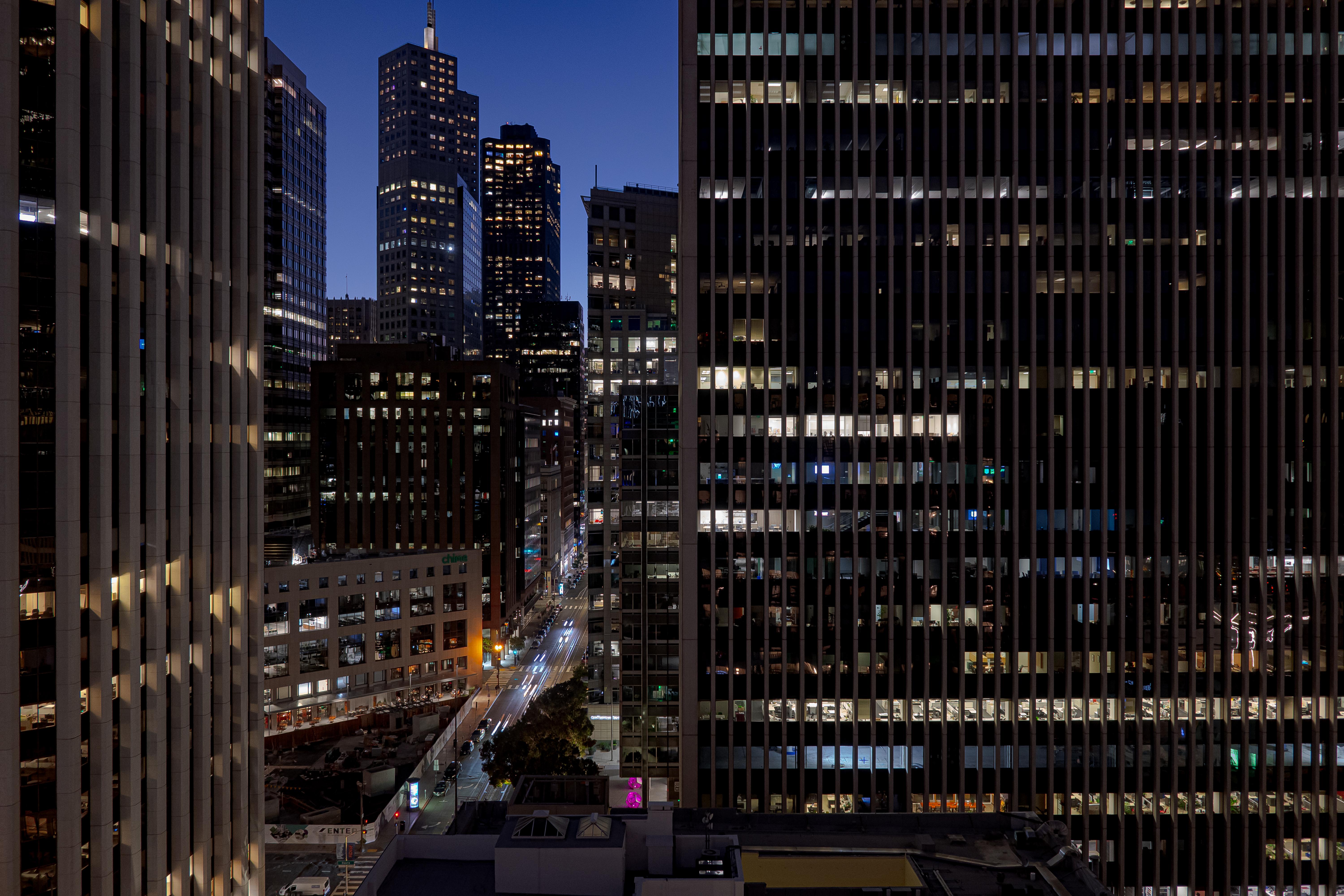 Leica CL · 18mm · f/4 · 1/2 · ISO
800
Leica CL · 18mm · f/4 · 1/2 · ISO
800
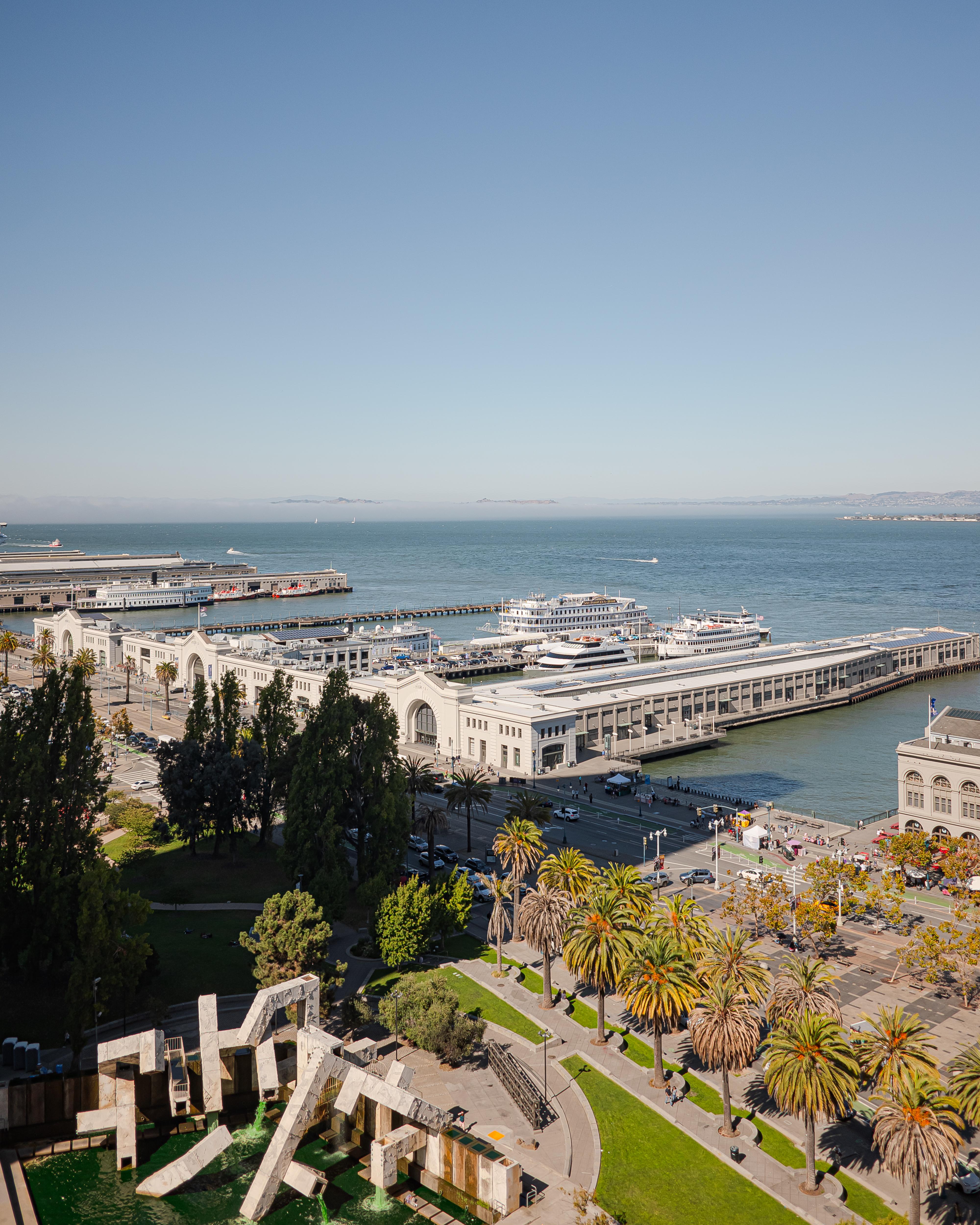 Leica CL · 18mm · f/2.8 · 1/1600
· ISO 100
Leica CL · 18mm · f/2.8 · 1/1600
· ISO 100
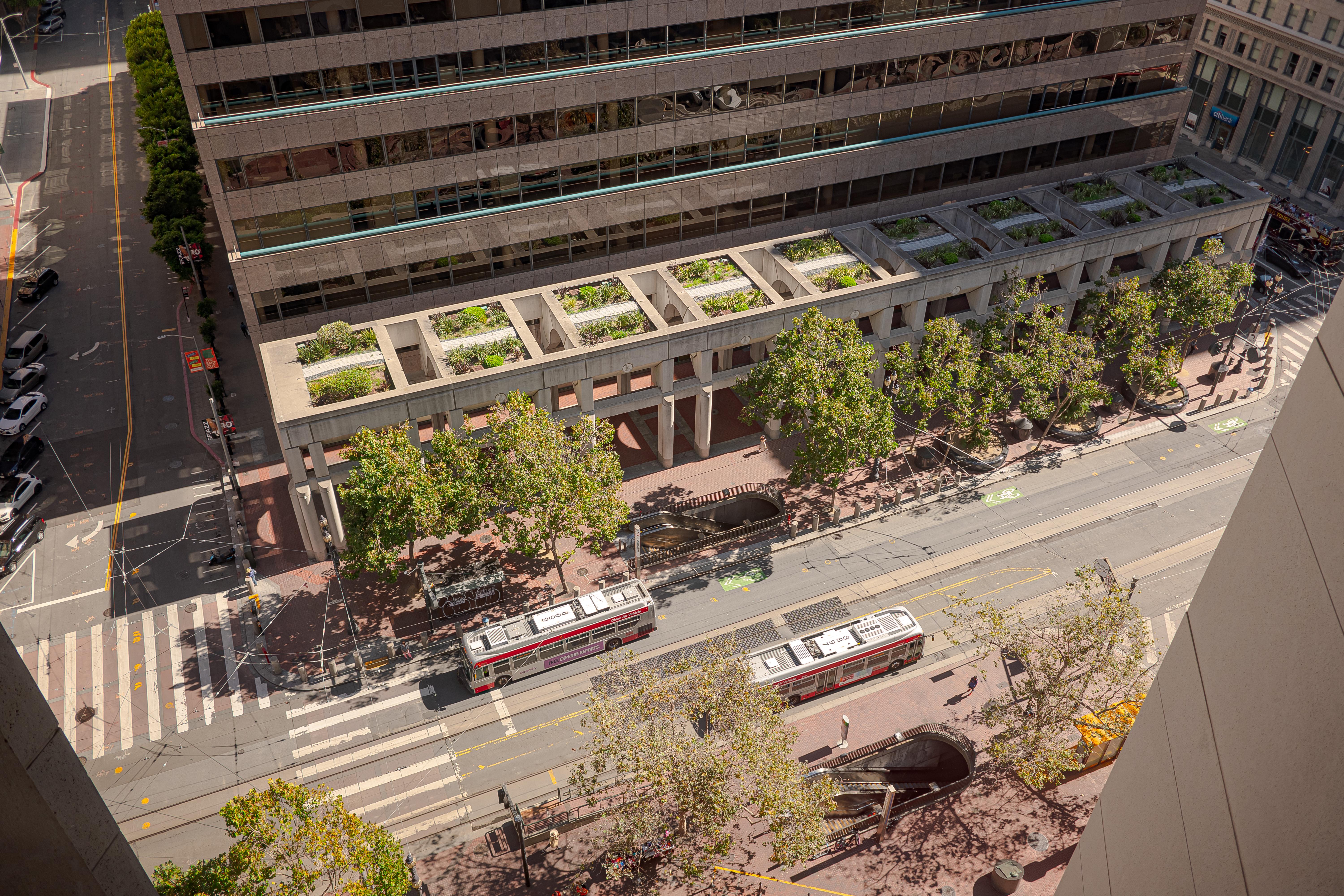 Leica CL · 18mm · f/2.8 · 1/250 ·
ISO 100
Leica CL · 18mm · f/2.8 · 1/250 ·
ISO 100
The Embarcadero
The Embarcadero, ever since my days working at the nearby Carrot Fertility offices, has been a favorite walking spot for me. The combination of clear skies, cold air, and a light breeze always clears my mind.
This time around, we used the wide sidewalks of the Embarcadero as our conduit to nearby attractions like the Exploratorium, the Ferry Plaza Farmers Market, and restaurants like Coqueta.
 Leica CL · 18mm · f/6.3 · 1/2500
· ISO 800
Leica CL · 18mm · f/6.3 · 1/2500
· ISO 800
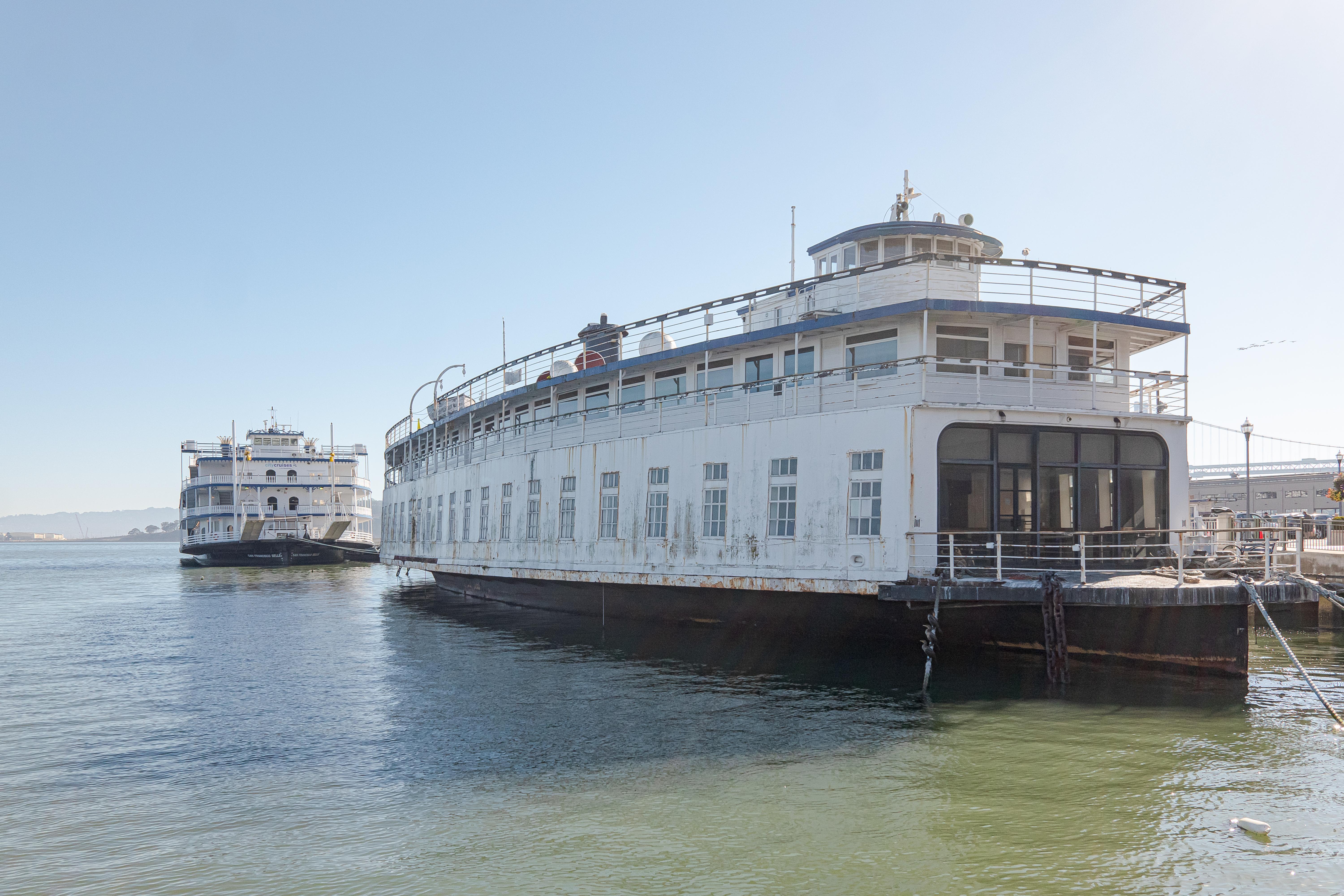 Leica CL · 18mm · f/6.3 · 1/2000
· ISO 800
Leica CL · 18mm · f/6.3 · 1/2000
· ISO 800
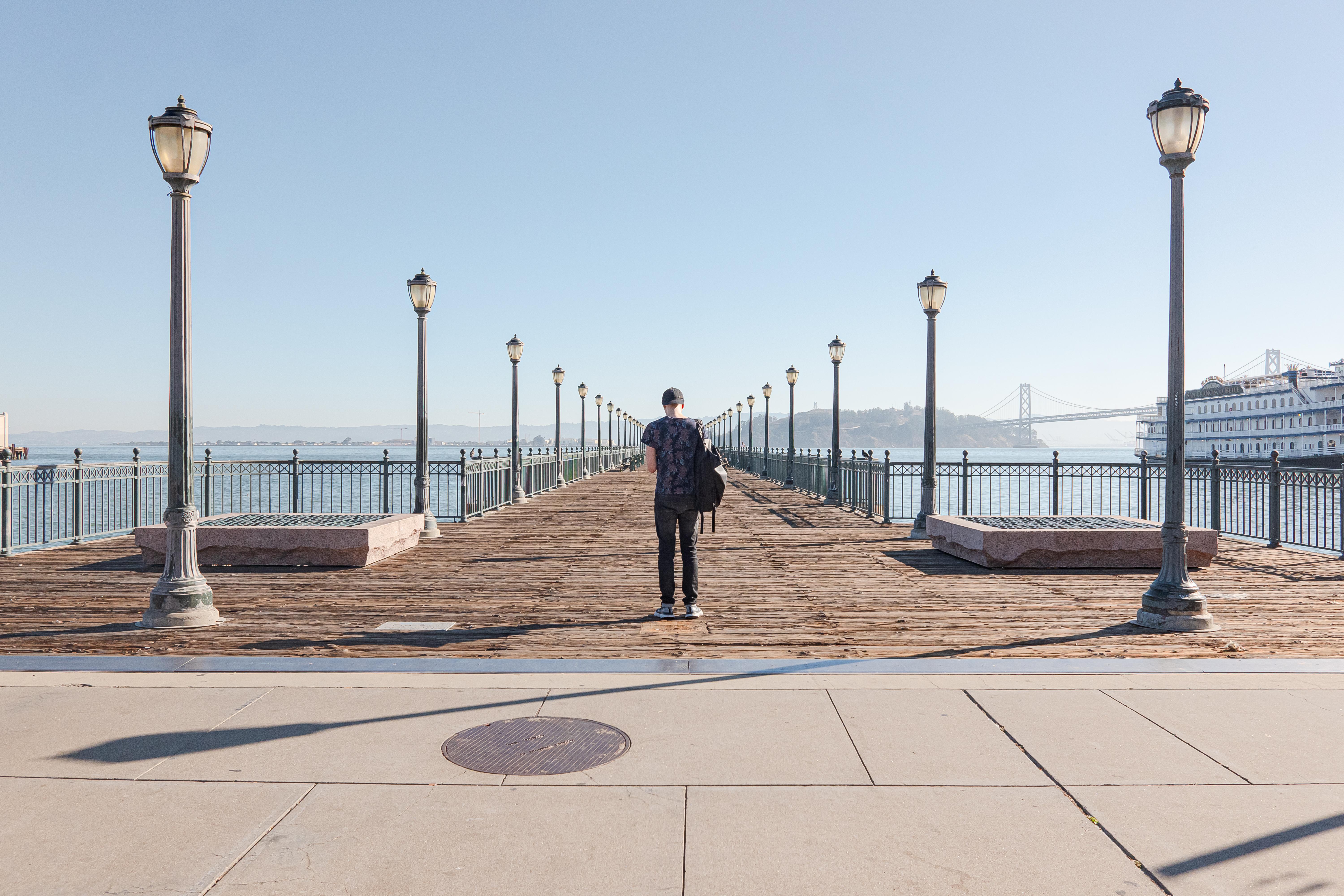 Leica CL · 18mm · f/6.3 · 1/3200
· ISO 800
Leica CL · 18mm · f/6.3 · 1/3200
· ISO 800
 Leica CL · 18mm · f/6.3 · 1/6400
· ISO 800
Leica CL · 18mm · f/6.3 · 1/6400
· ISO 800
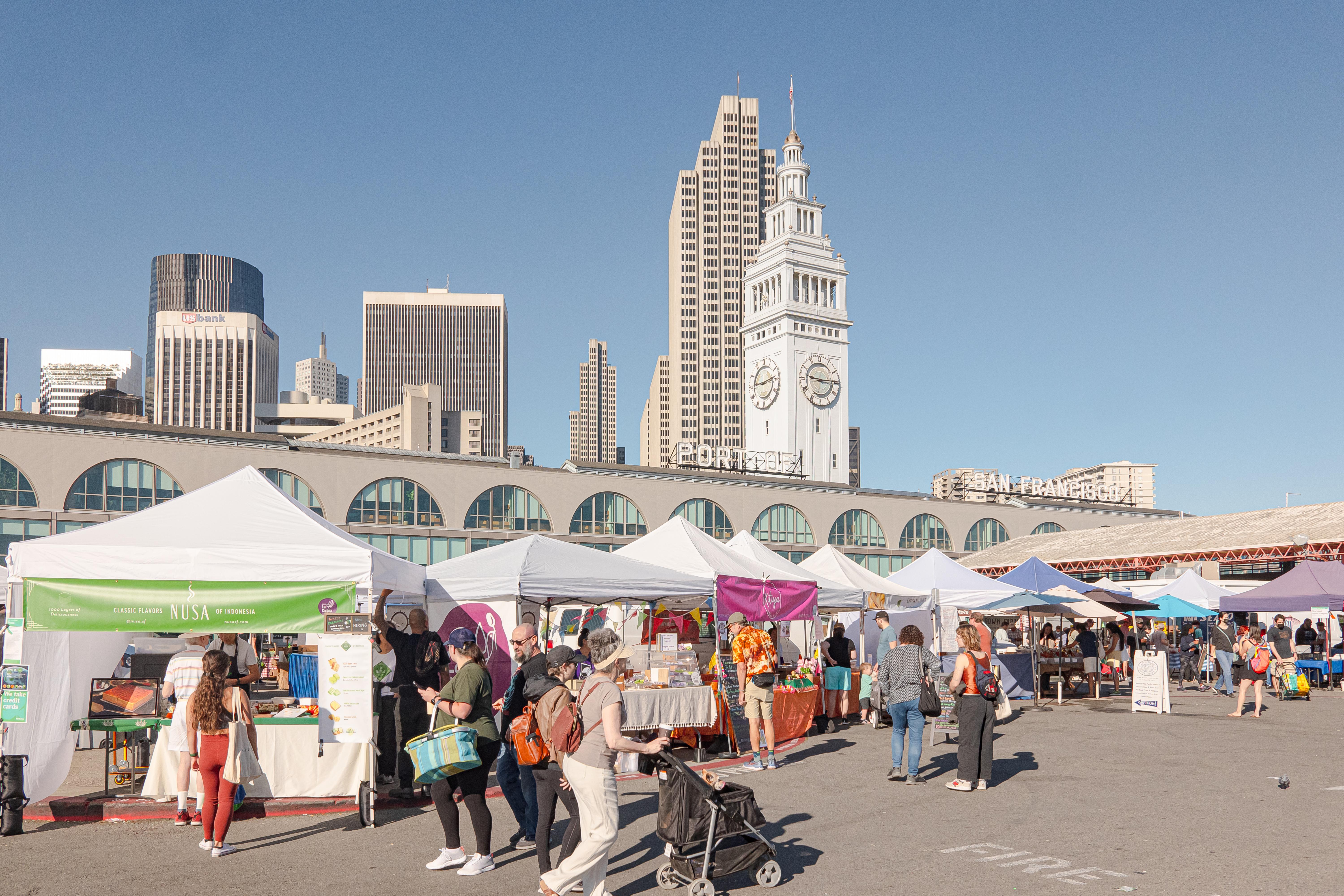 Leica CL · 18mm · f/6.3 · 1/5000
· ISO 800
Leica CL · 18mm · f/6.3 · 1/5000
· ISO 800
Group Text art show
One of the afternoons we were there, my wife stayed behind while our child napped. I hopped on a Muni to attend an art show. Group Text, held by Alice Lee, Amy Wibowo, and Susan Lin, feature a wide variety of work by the trio of artists.
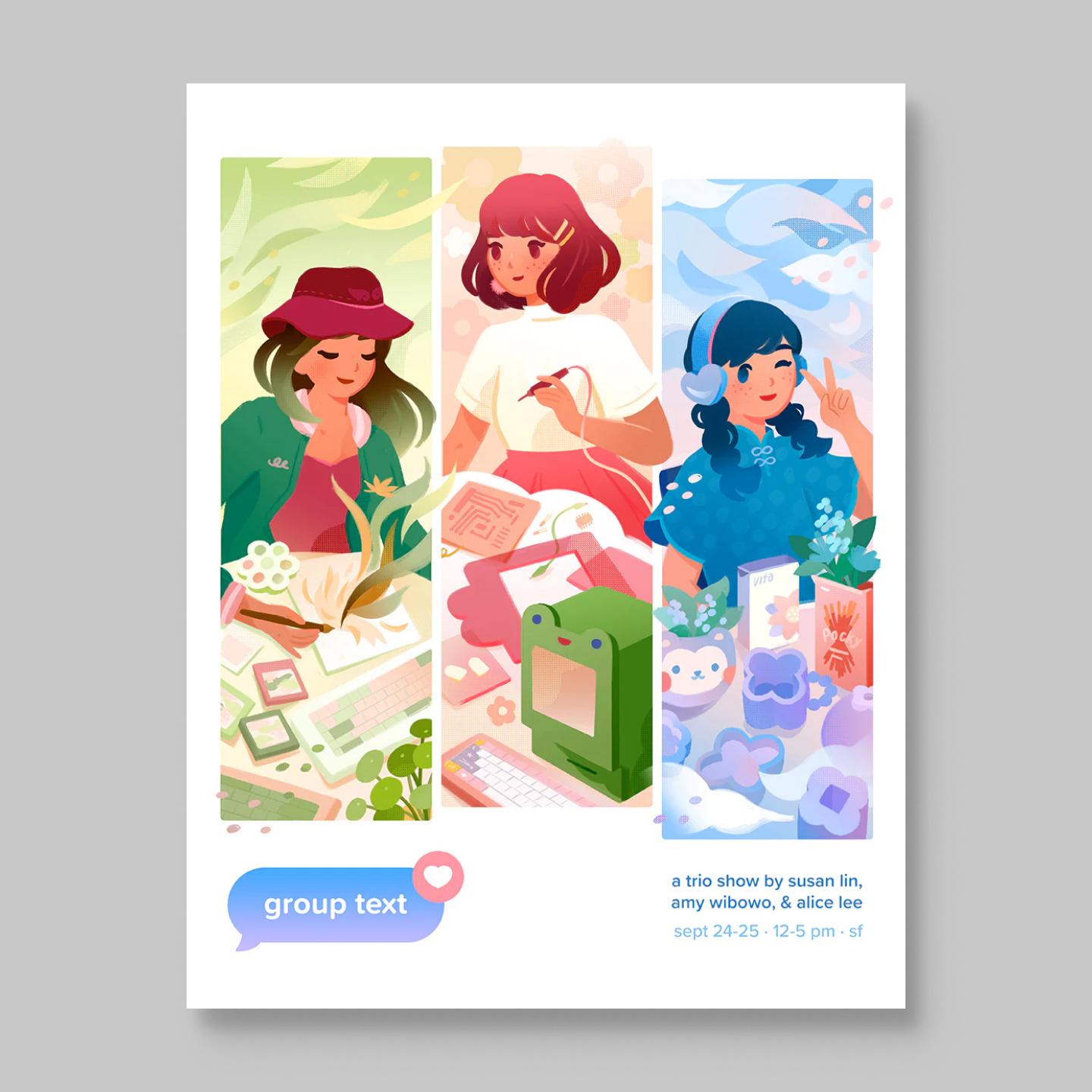
I loved seeing Susan’s game consoles, mechanical keyboards, and keycaps, the latter which she sells under the brand Mintlodica.
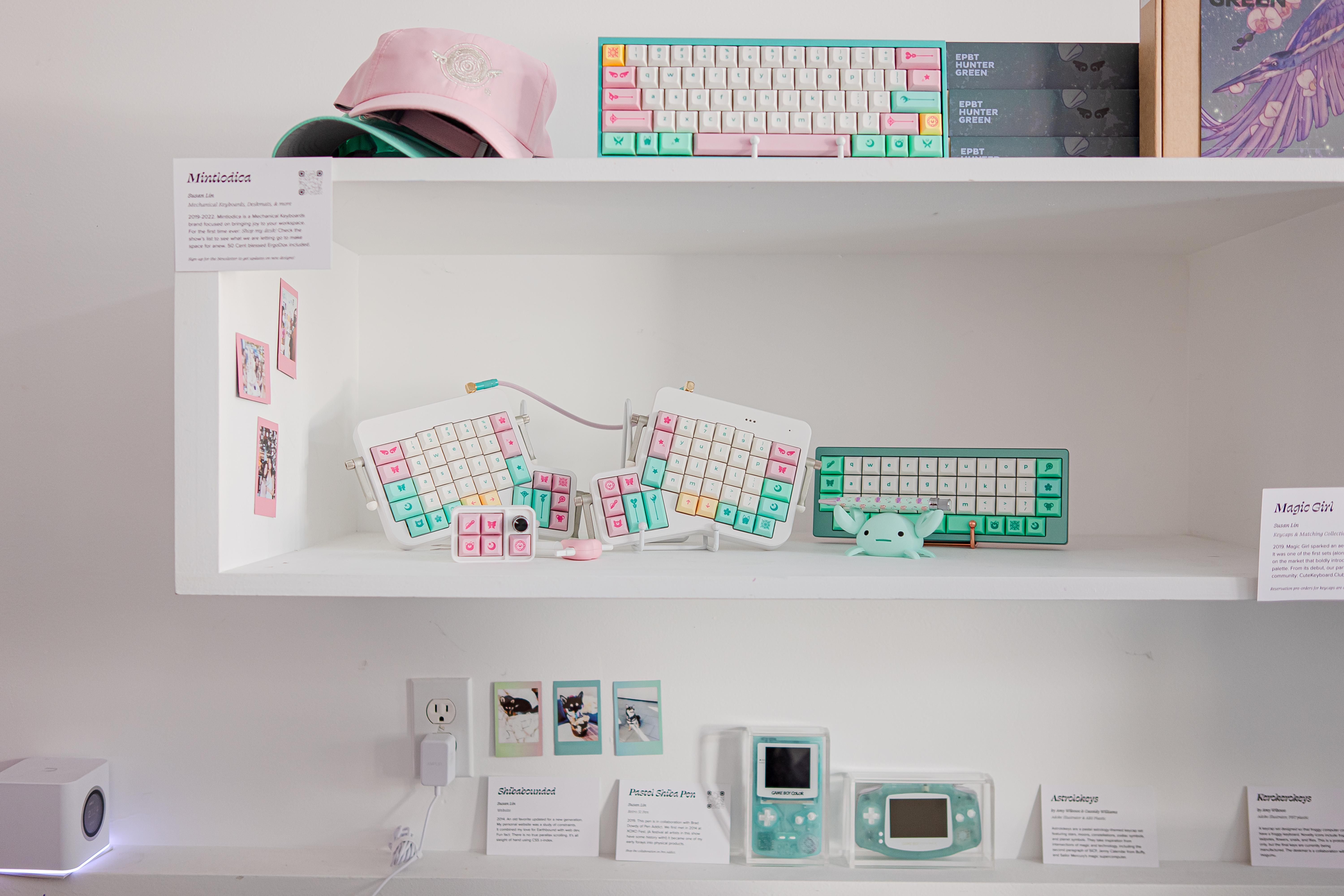 Leica CL · 23mm · f/2 · 1/60 ·
ISO 200
Leica CL · 23mm · f/2 · 1/60 ·
ISO 200
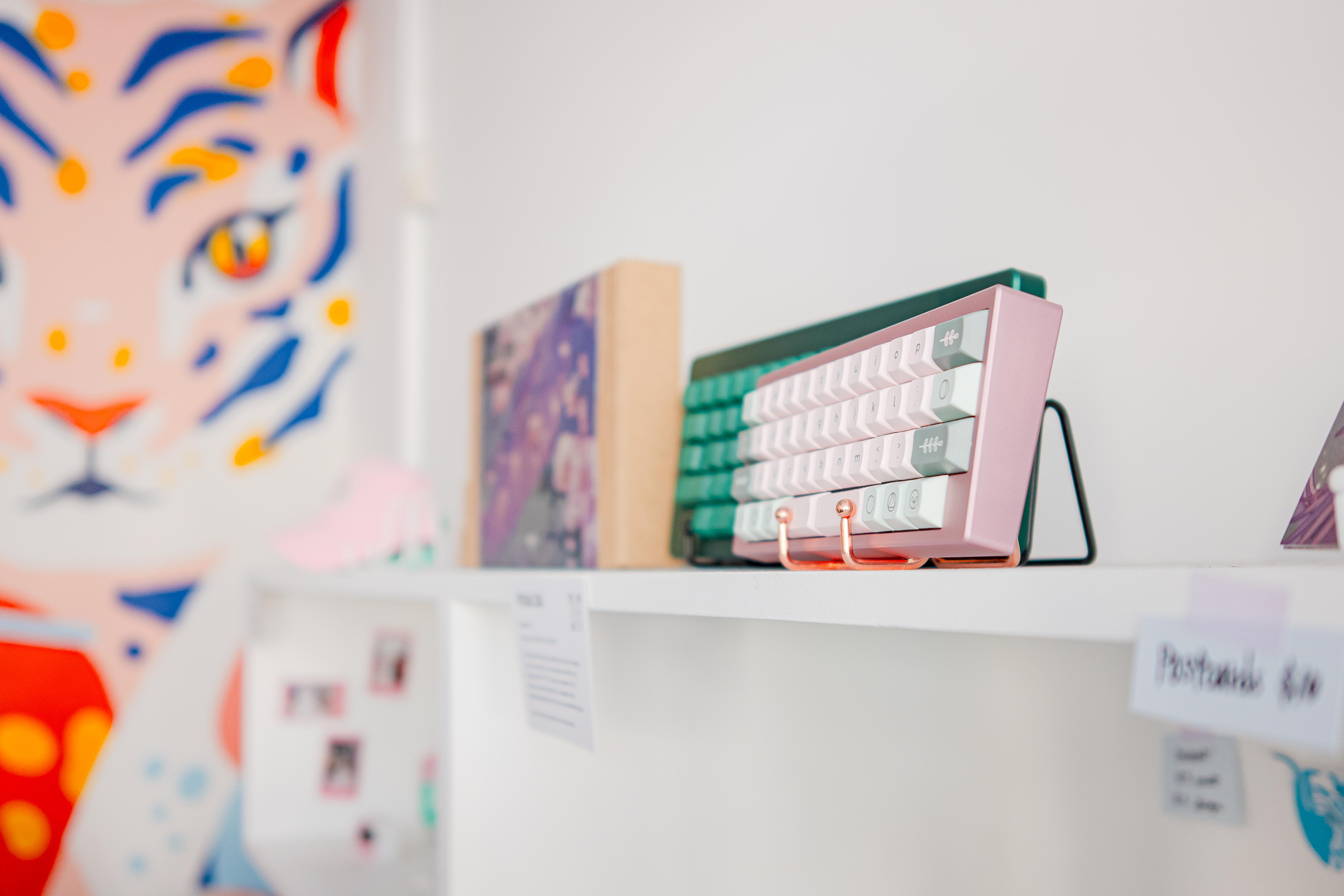 Leica CL · 23mm · f/2 · 1/60 ·
ISO 160
Leica CL · 23mm · f/2 · 1/60 ·
ISO 160
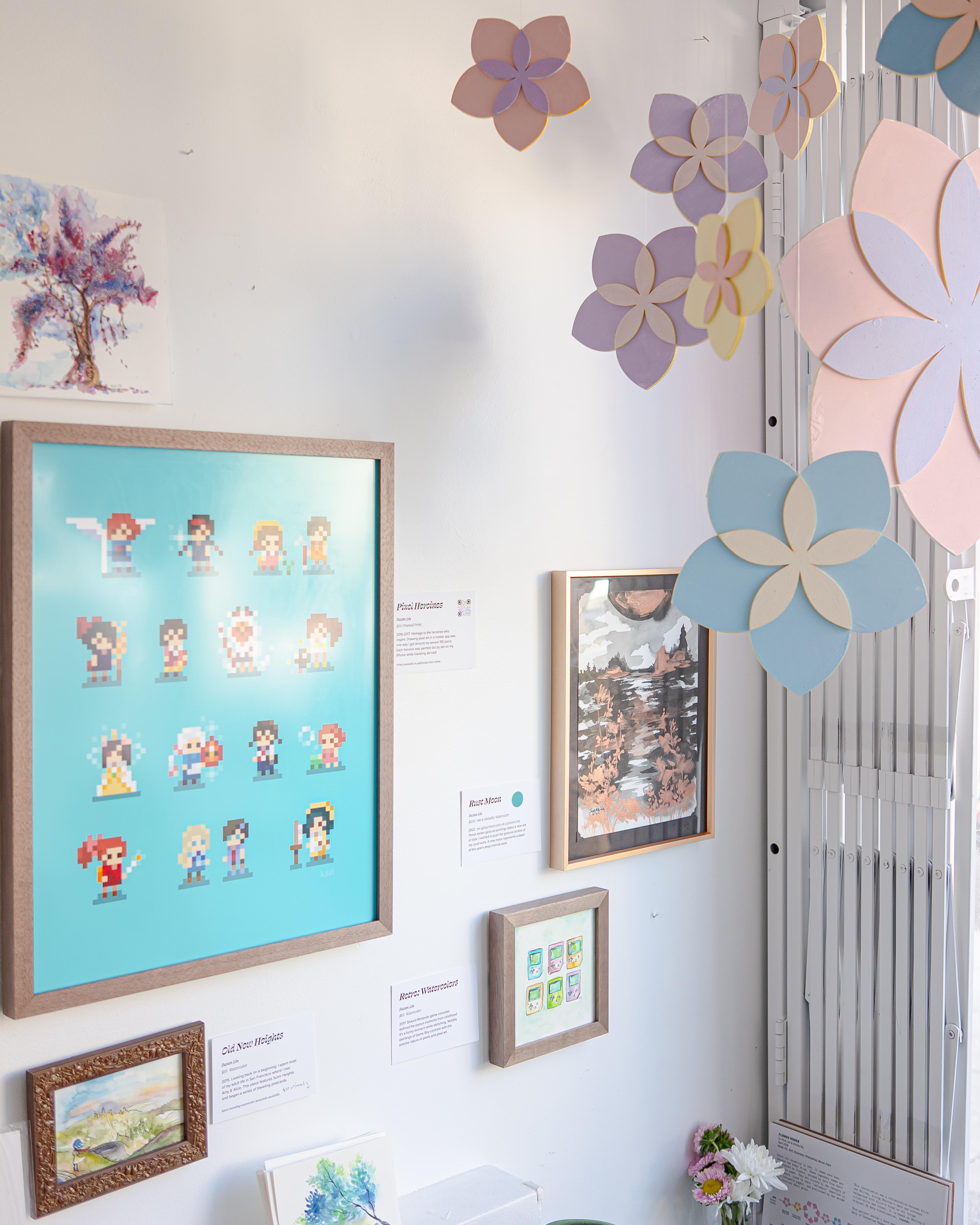 Leica CL · 23mm · f/2 · 1/160 ·
ISO 100
Leica CL · 23mm · f/2 · 1/160 ·
ISO 100
Alice, in addition to her prints and other work, brought beautiful ceramics from her Mooncake Wishes collection.
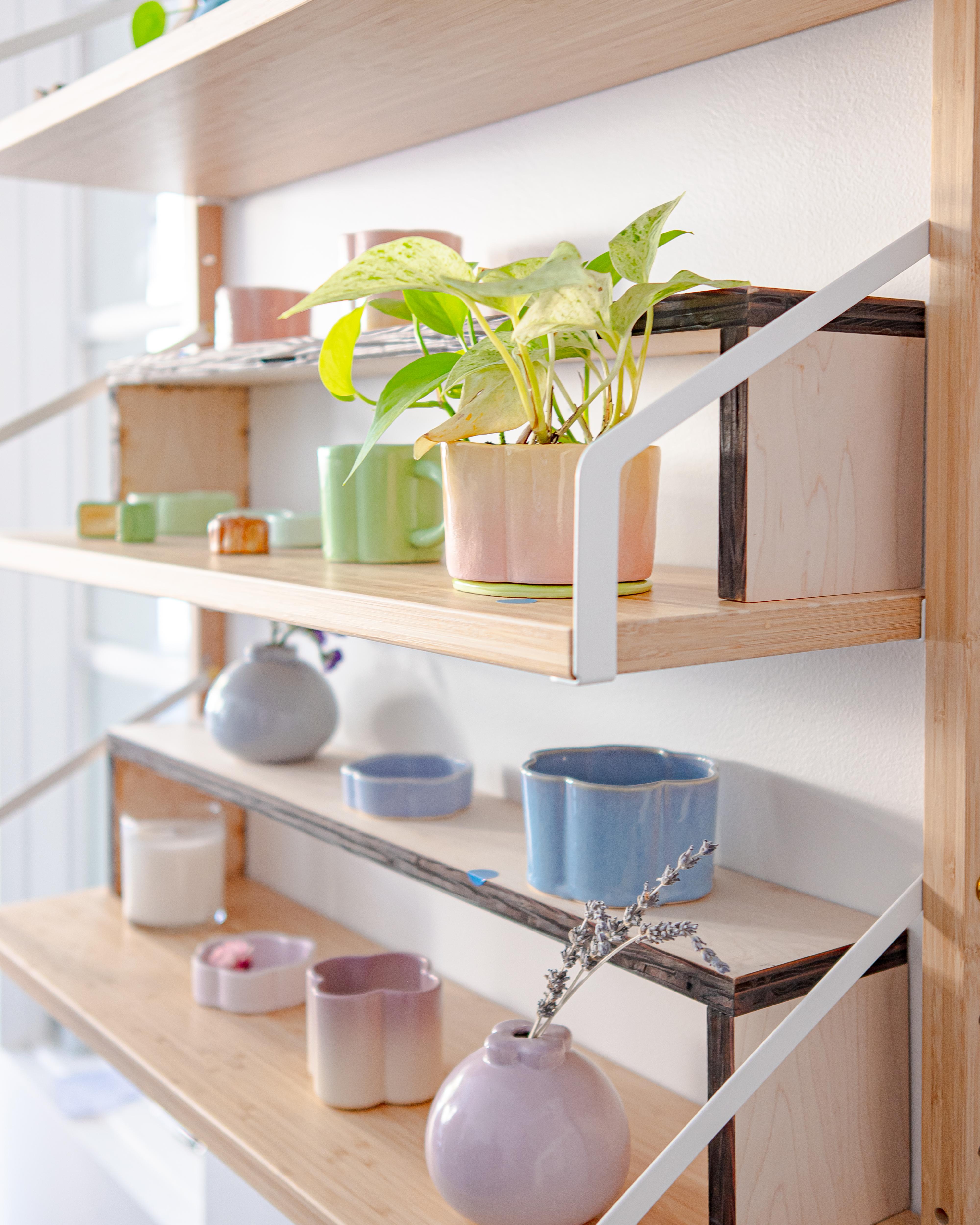 Leica CL · 23mm · f/2 · 1/60 ·
ISO 250
Leica CL · 23mm · f/2 · 1/60 ·
ISO 250
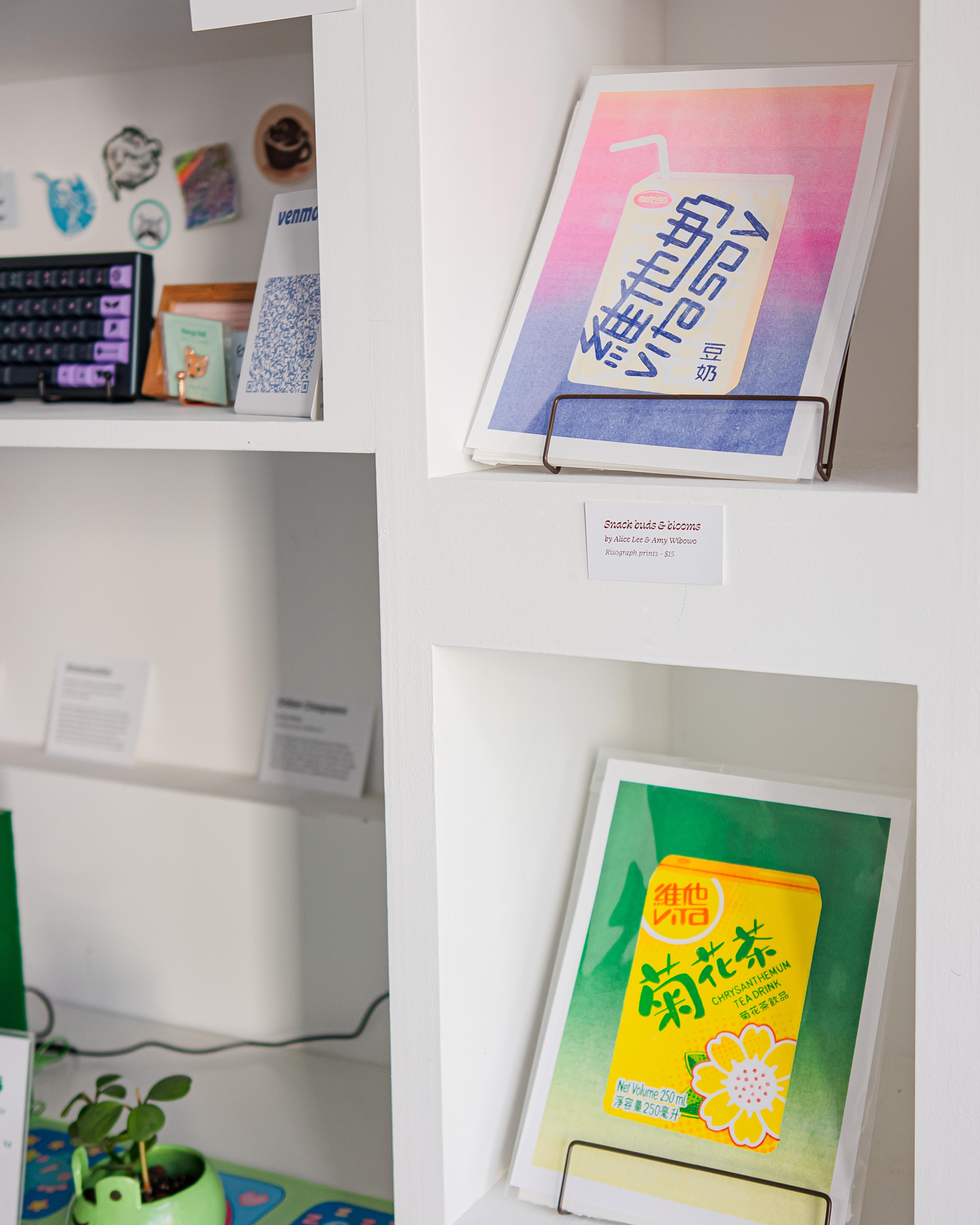 Leica CL · 23mm · f/2 · 1/80 ·
ISO 100
Leica CL · 23mm · f/2 · 1/80 ·
ISO 100
My absolute favorite part was the three computers on display. They were a collaboration between all three artists. Read Amy’s Instagram post for full details.
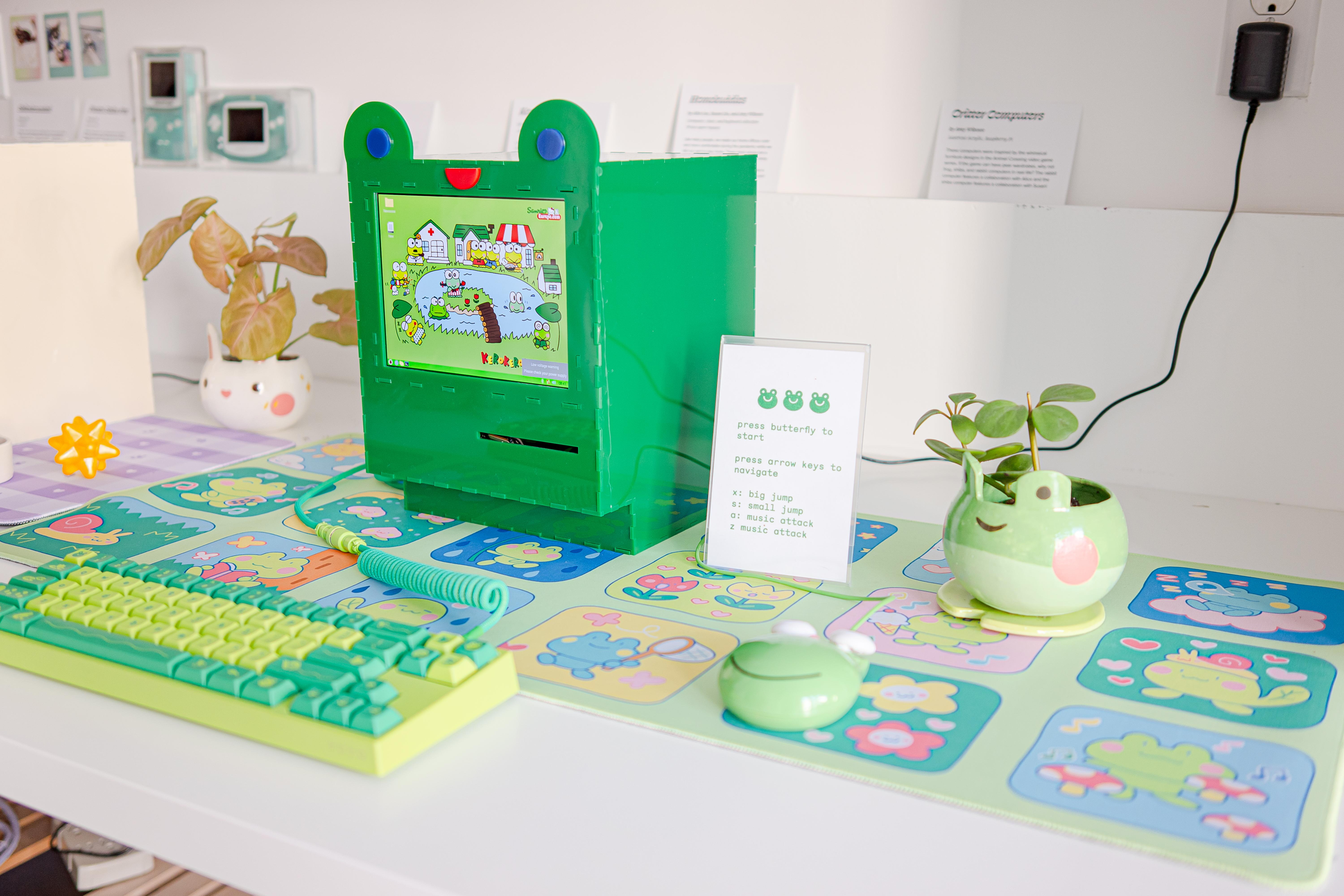 Leica CL · 23mm · f/2 · 1/60 ·
ISO 160
Leica CL · 23mm · f/2 · 1/60 ·
ISO 160
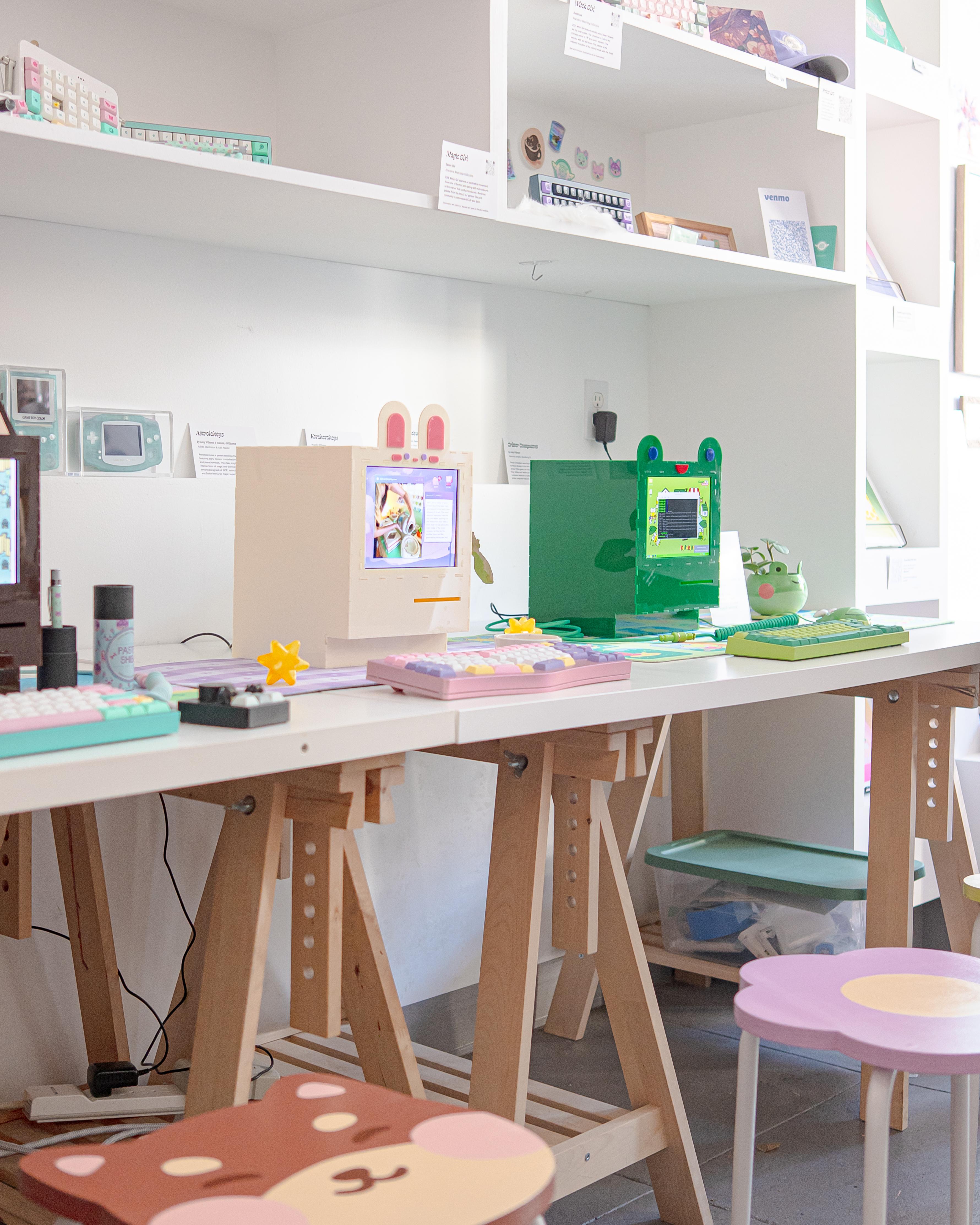 Leica CL · 23mm · f/2 · 1/60 ·
ISO 320
Leica CL · 23mm · f/2 · 1/60 ·
ISO 320
Before I returned to the hotel, I had a chance to enjoy some live music played by Amy on the violin and Alice on the piano.
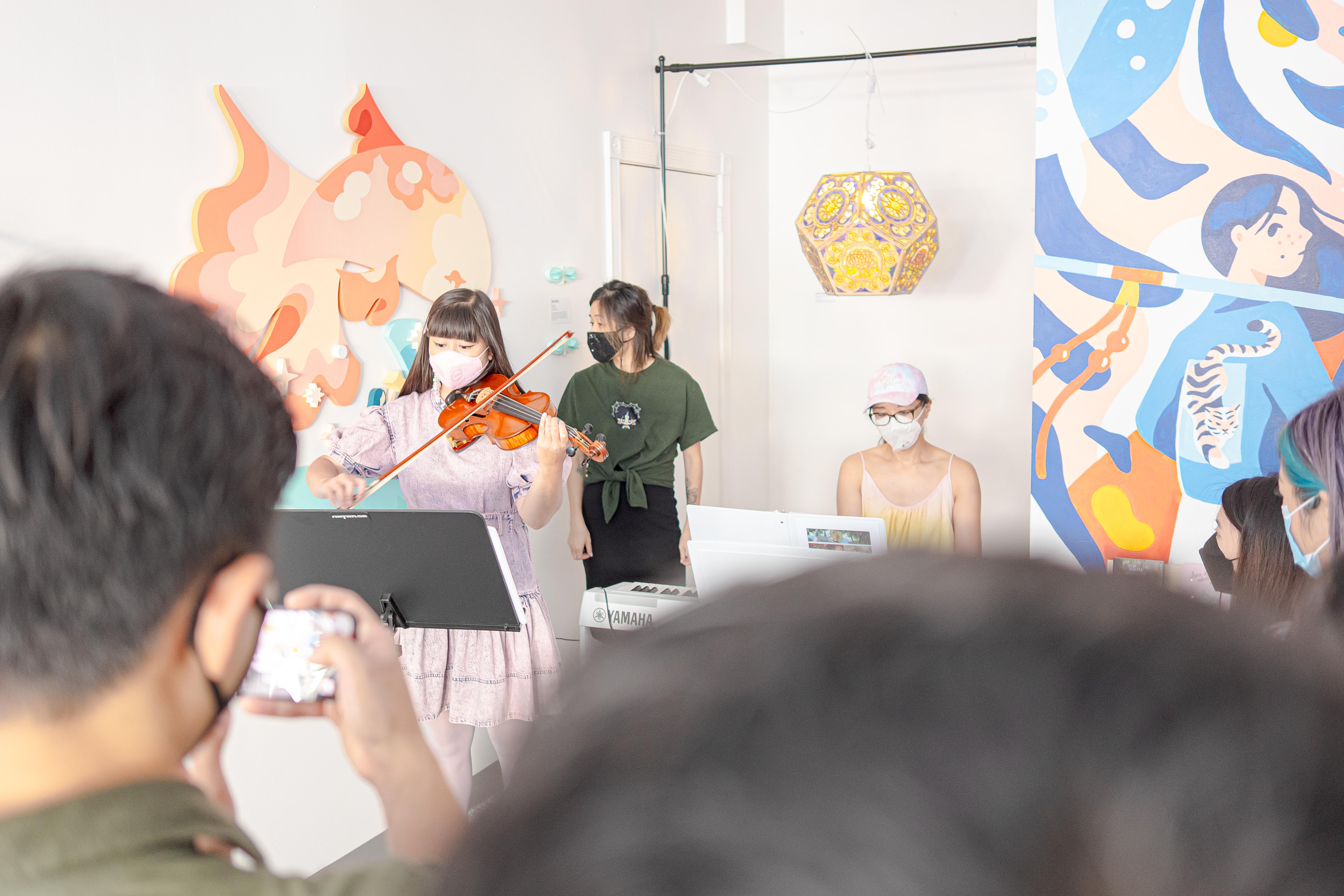 Leica CL · 23mm · f/2 · 1/60 ·
ISO 1000
Leica CL · 23mm · f/2 · 1/60 ·
ISO 1000
Chinatown Car Show
On another day, while walking to a park, we happened upon the Chinatown Car Show. Up and down the street was a wide mix of cars. There were American muscle cars, Japanese imports, and everything in between. The tight streets of the historical Chinatown formed a unique backdrop for the eclectic manifestation of car culture.
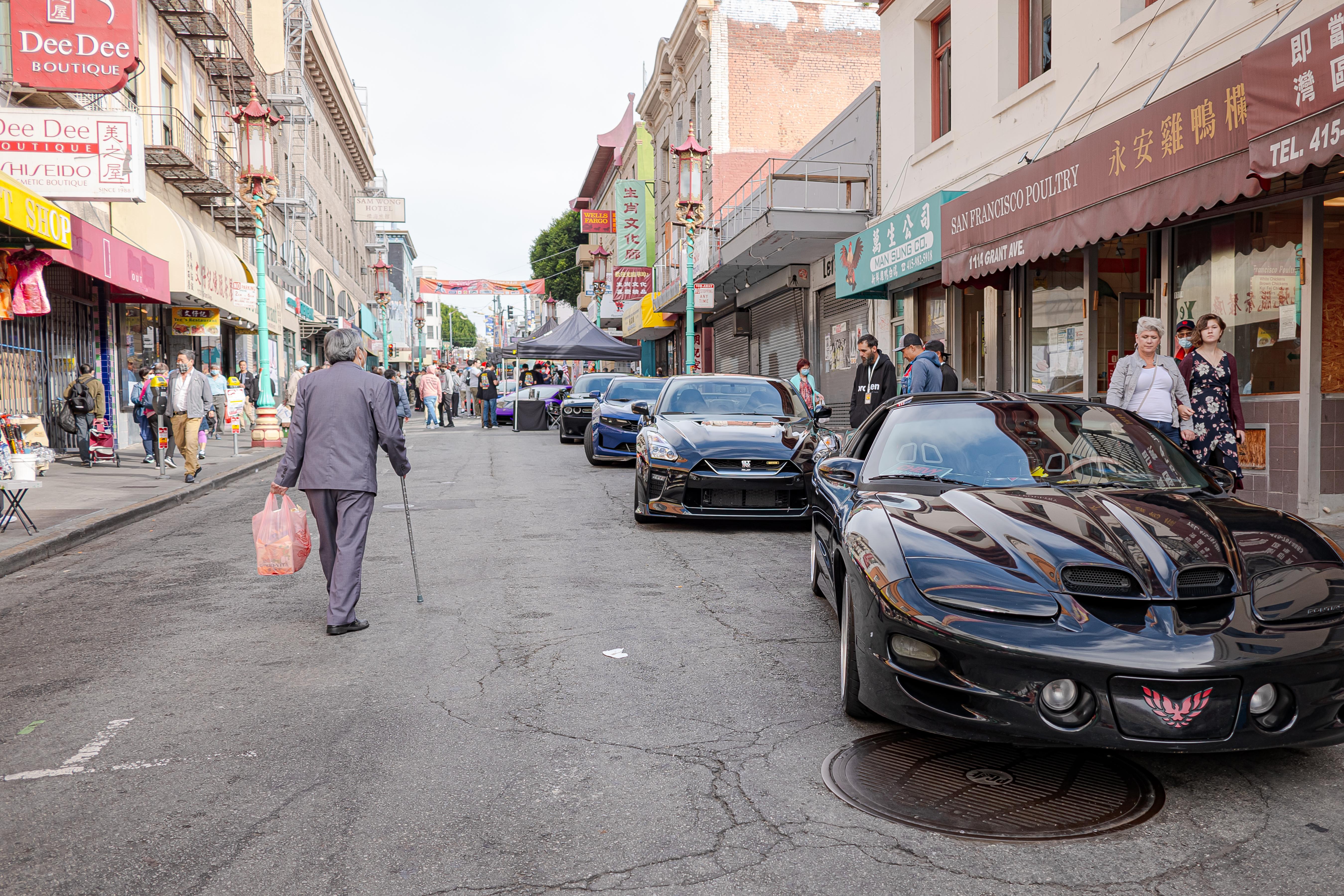 Leica CL · 18mm · f/2.8 · 1/320 ·
ISO 100
Leica CL · 18mm · f/2.8 · 1/320 ·
ISO 100
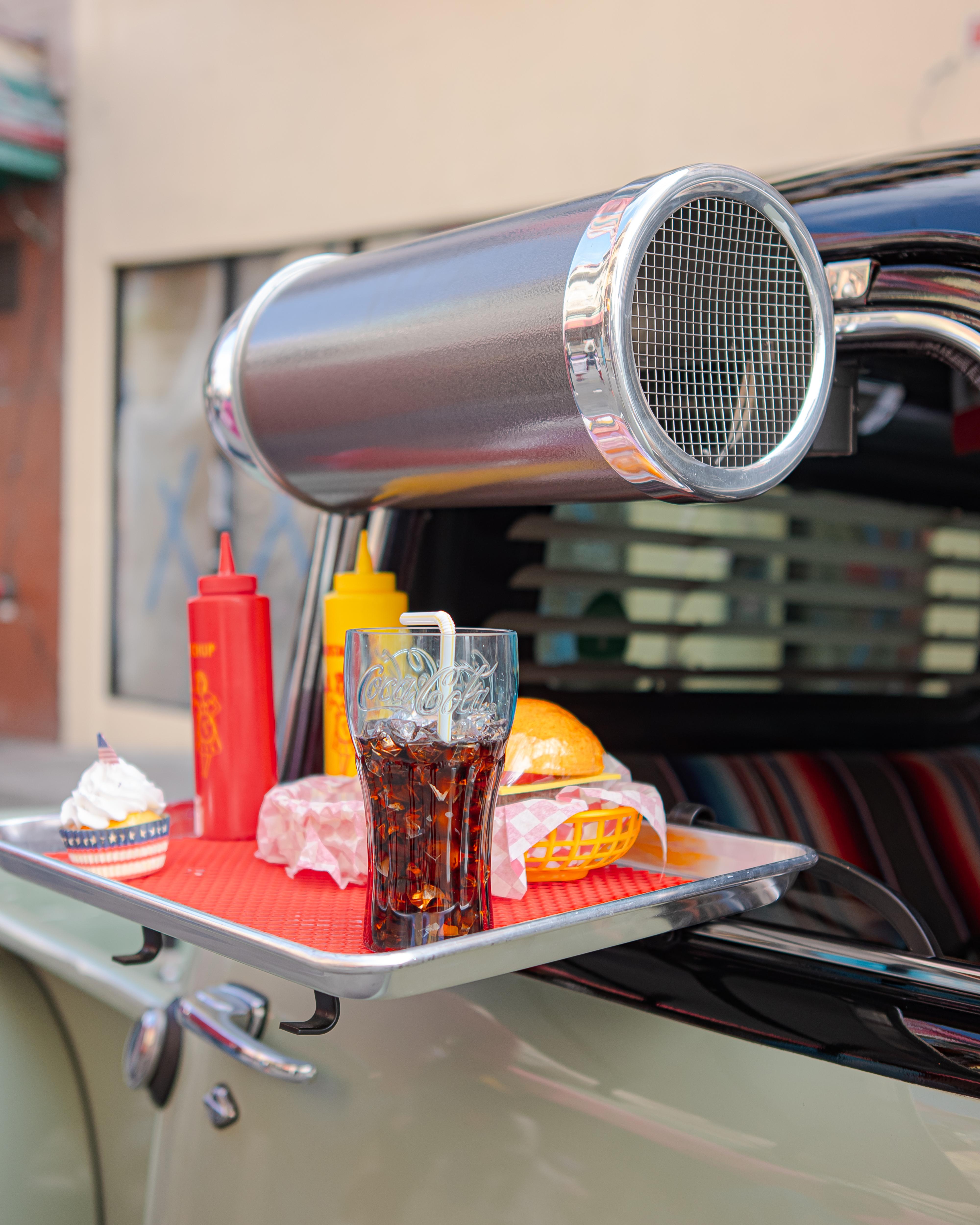 Leica CL · 23mm · f/2 · 1/320 ·
ISO 100
Leica CL · 23mm · f/2 · 1/320 ·
ISO 100
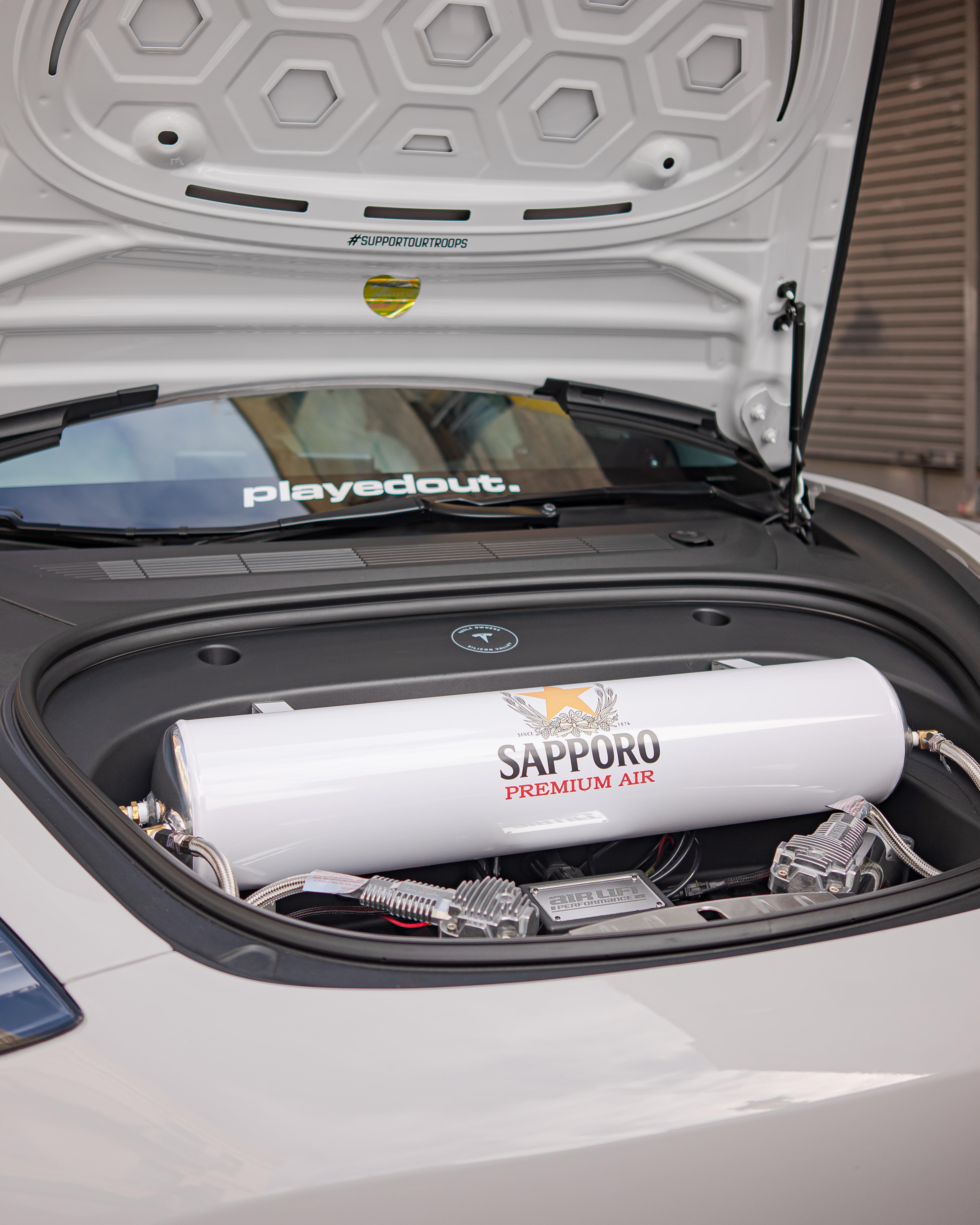 Leica CL · 23mm · f/2 · 1/1250 ·
ISO 100
Leica CL · 23mm · f/2 · 1/1250 ·
ISO 100
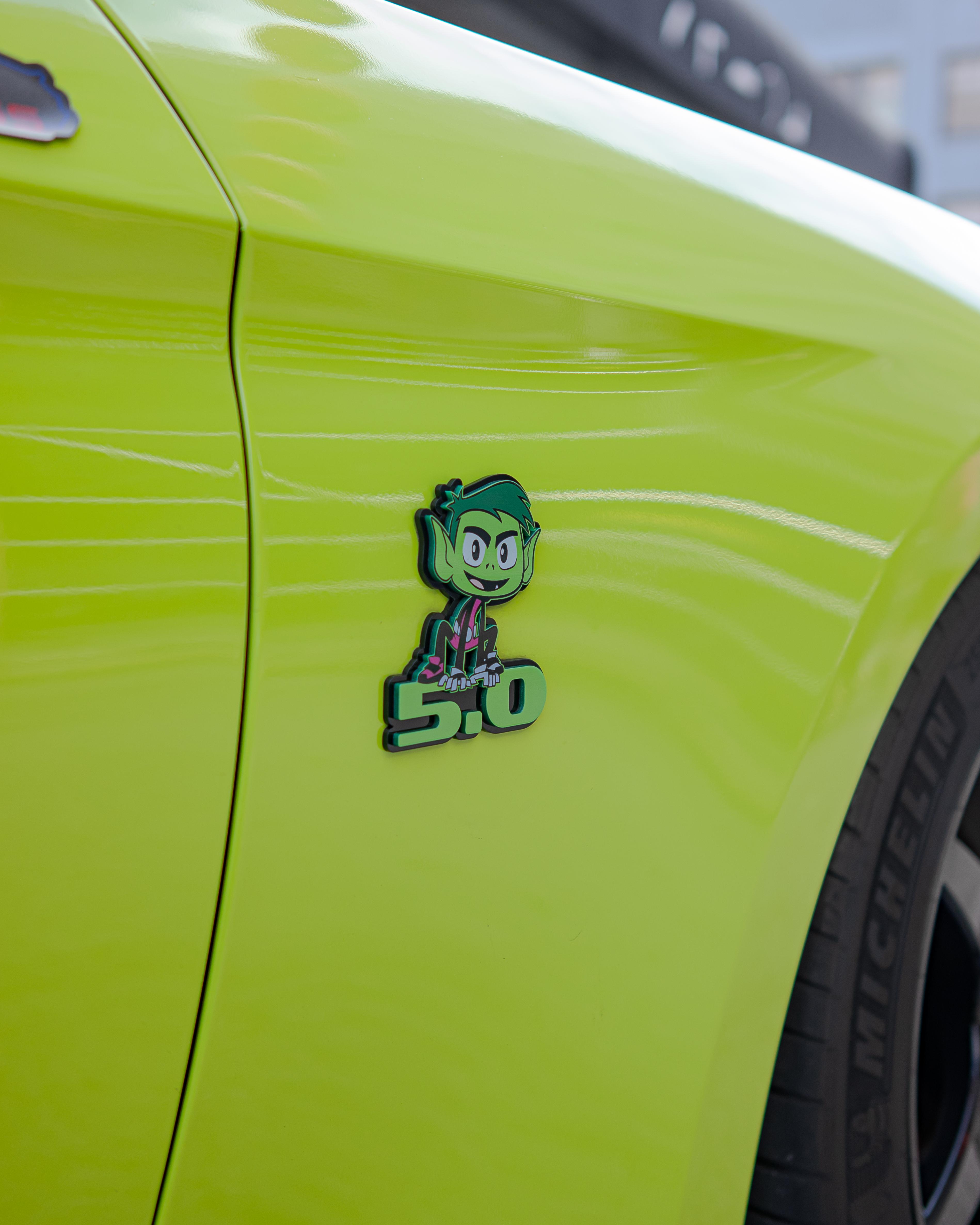 Leica CL · 23mm · f/2 · 1/400 ·
ISO 100
Leica CL · 23mm · f/2 · 1/400 ·
ISO 100
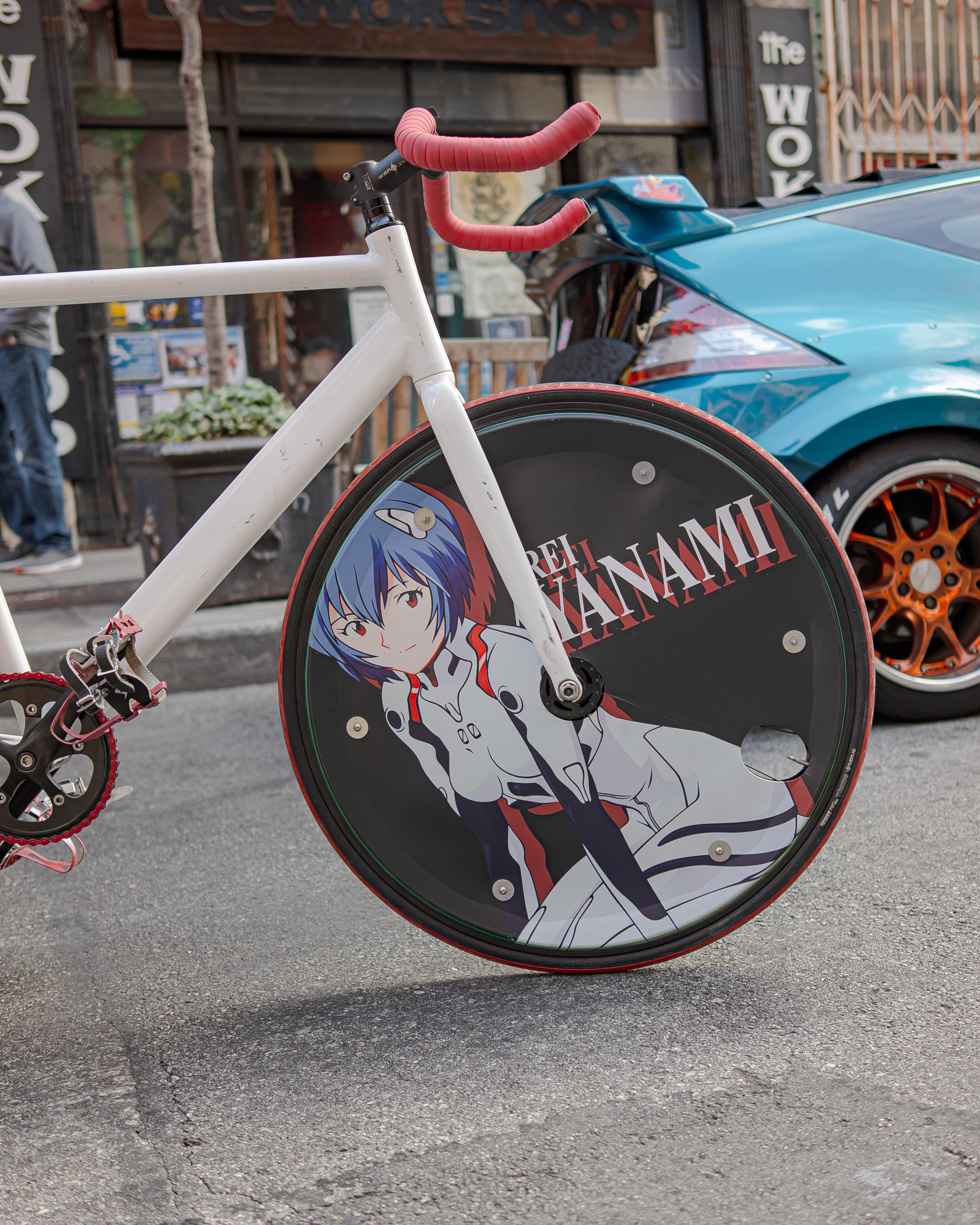 Leica CL · 23mm · f/2 · 1/125 ·
ISO 100
Leica CL · 23mm · f/2 · 1/125 ·
ISO 100
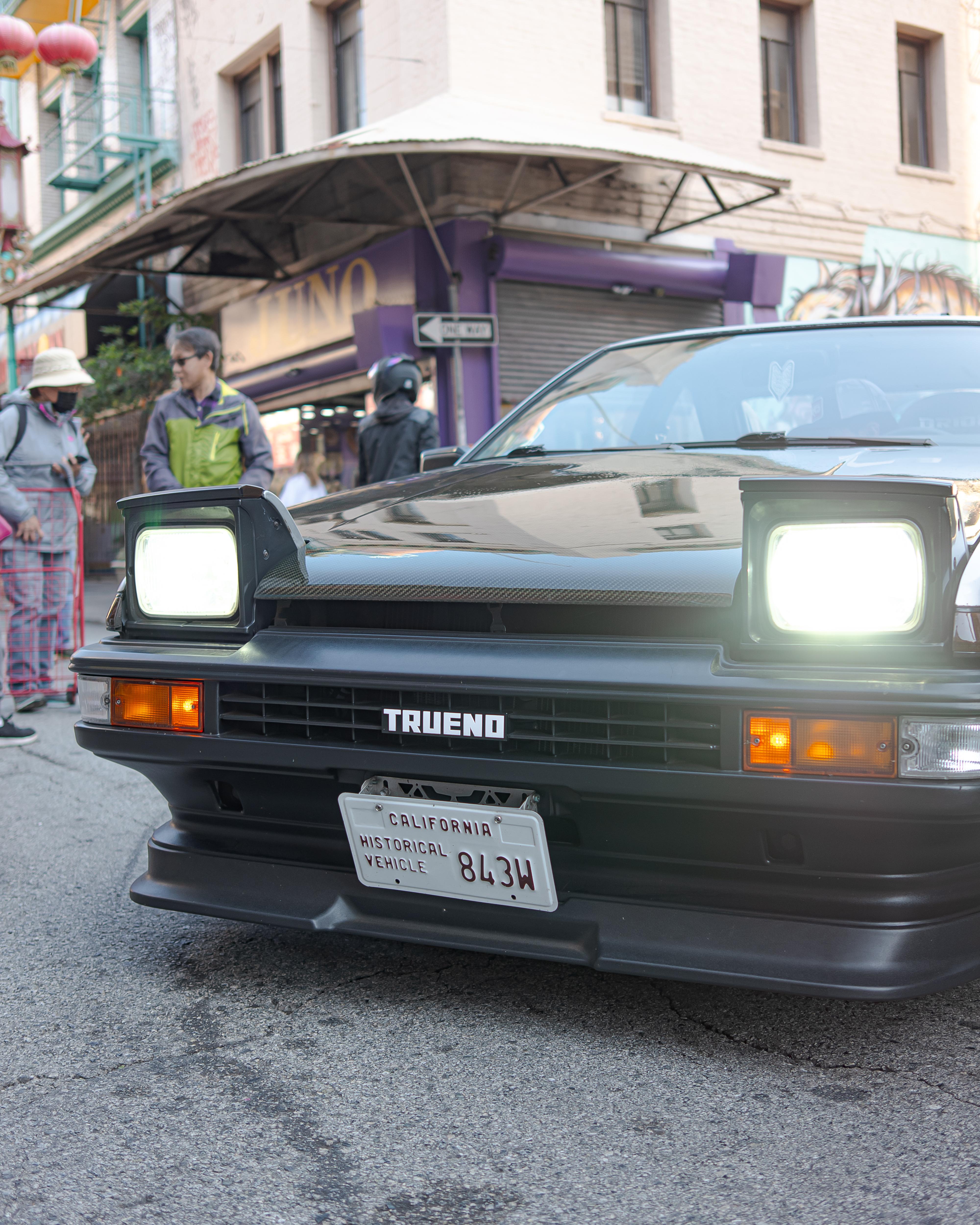 Leica CL · 23mm · f/2 · 1/160 ·
ISO 100
Leica CL · 23mm · f/2 · 1/160 ·
ISO 100
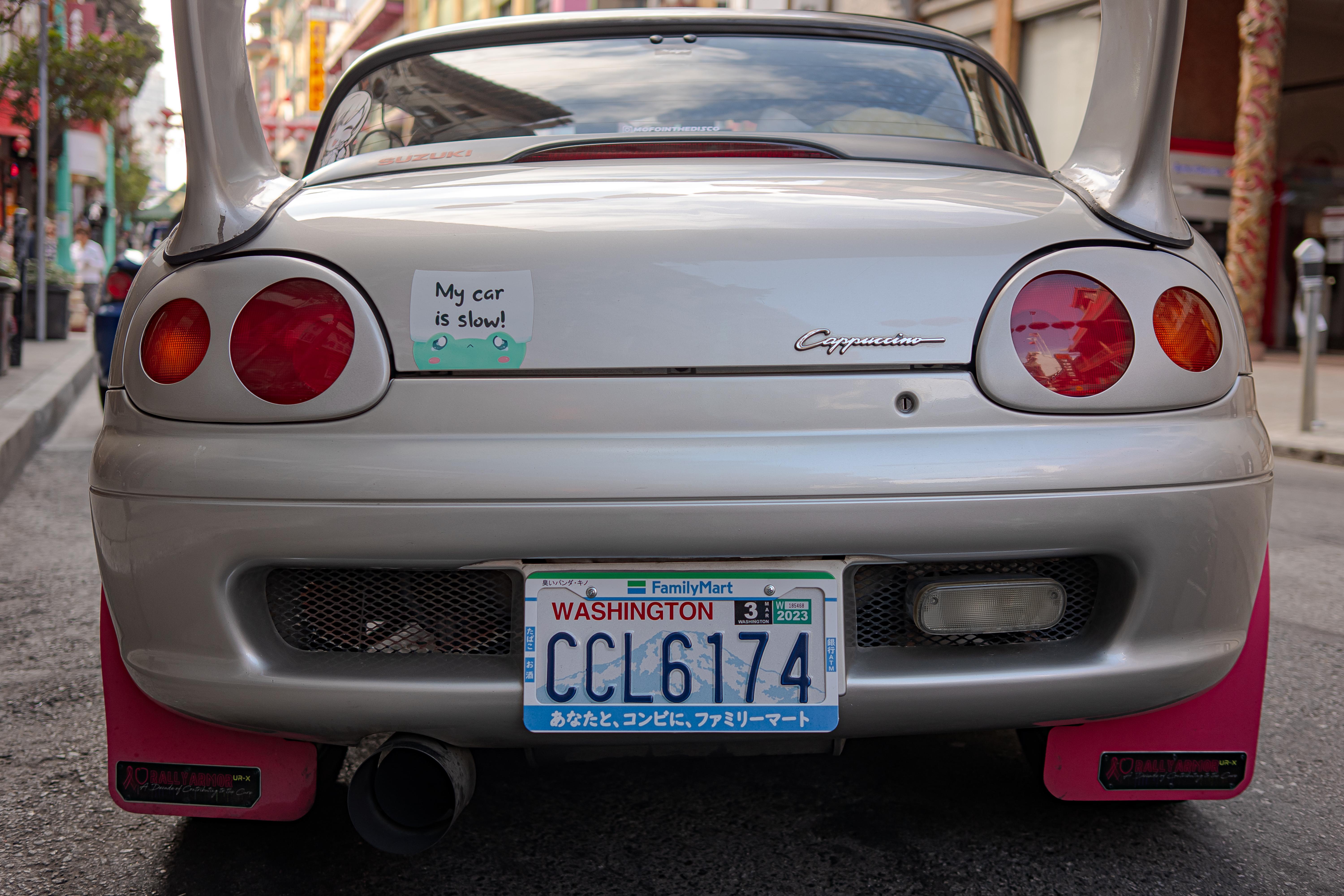 Leica CL · 23mm · f/2 · 1/320 ·
ISO 100
Leica CL · 23mm · f/2 · 1/320 ·
ISO 100
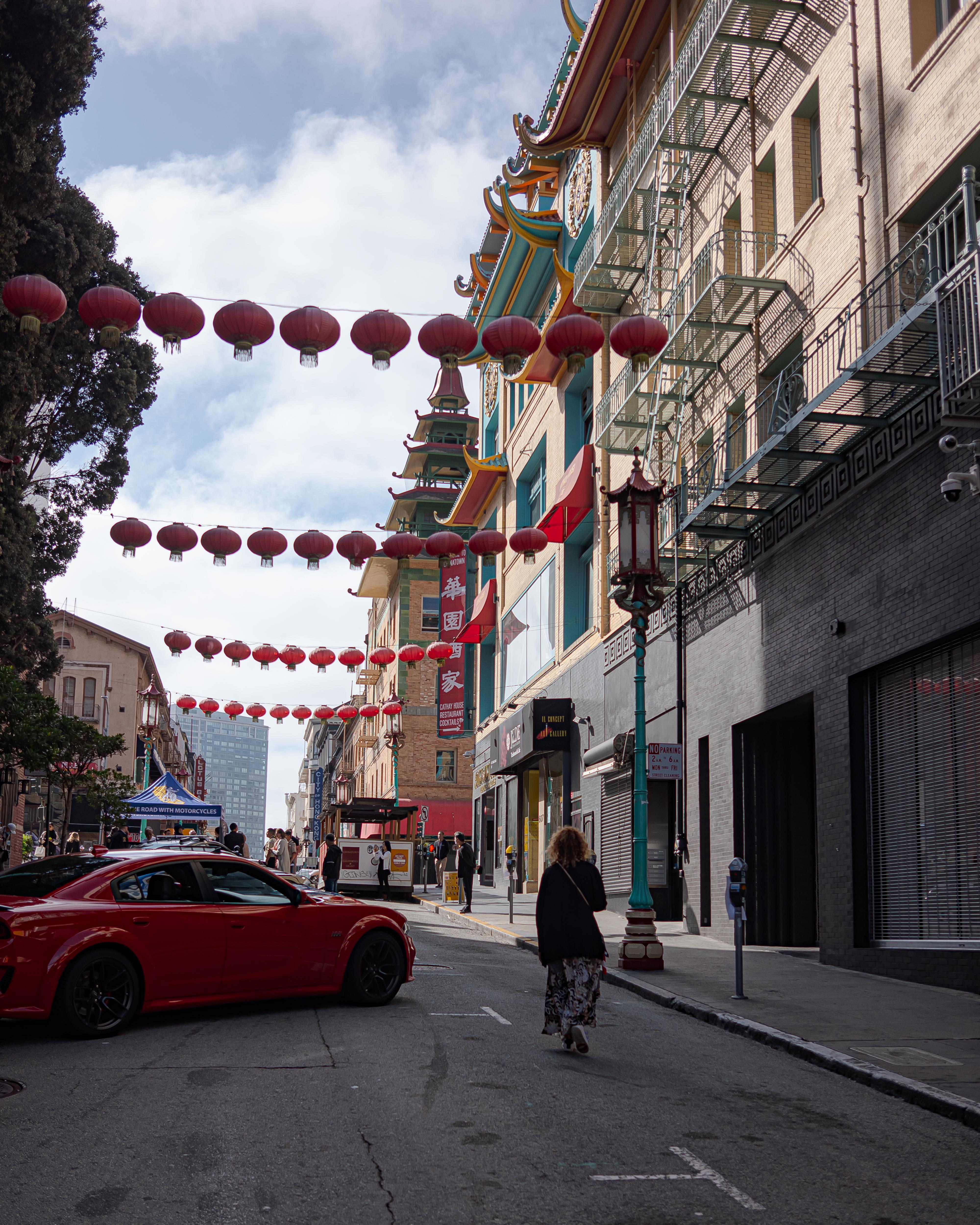 Leica CL · 23mm · f/2 · 1/3200 ·
ISO 100
Leica CL · 23mm · f/2 · 1/3200 ·
ISO 100
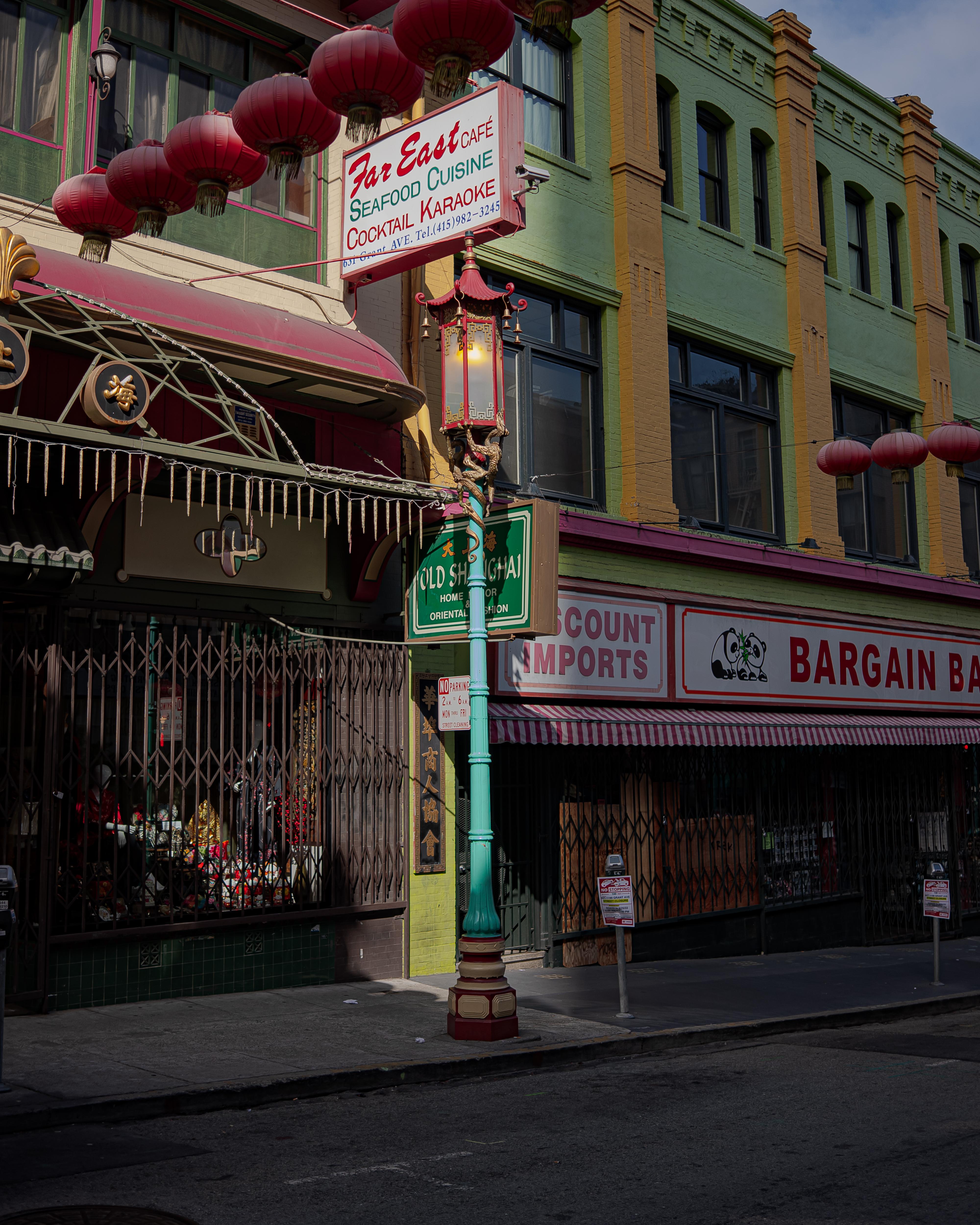 Leica CL · 23mm · f/2 · 1/1600 ·
ISO 100
Leica CL · 23mm · f/2 · 1/1600 ·
ISO 100
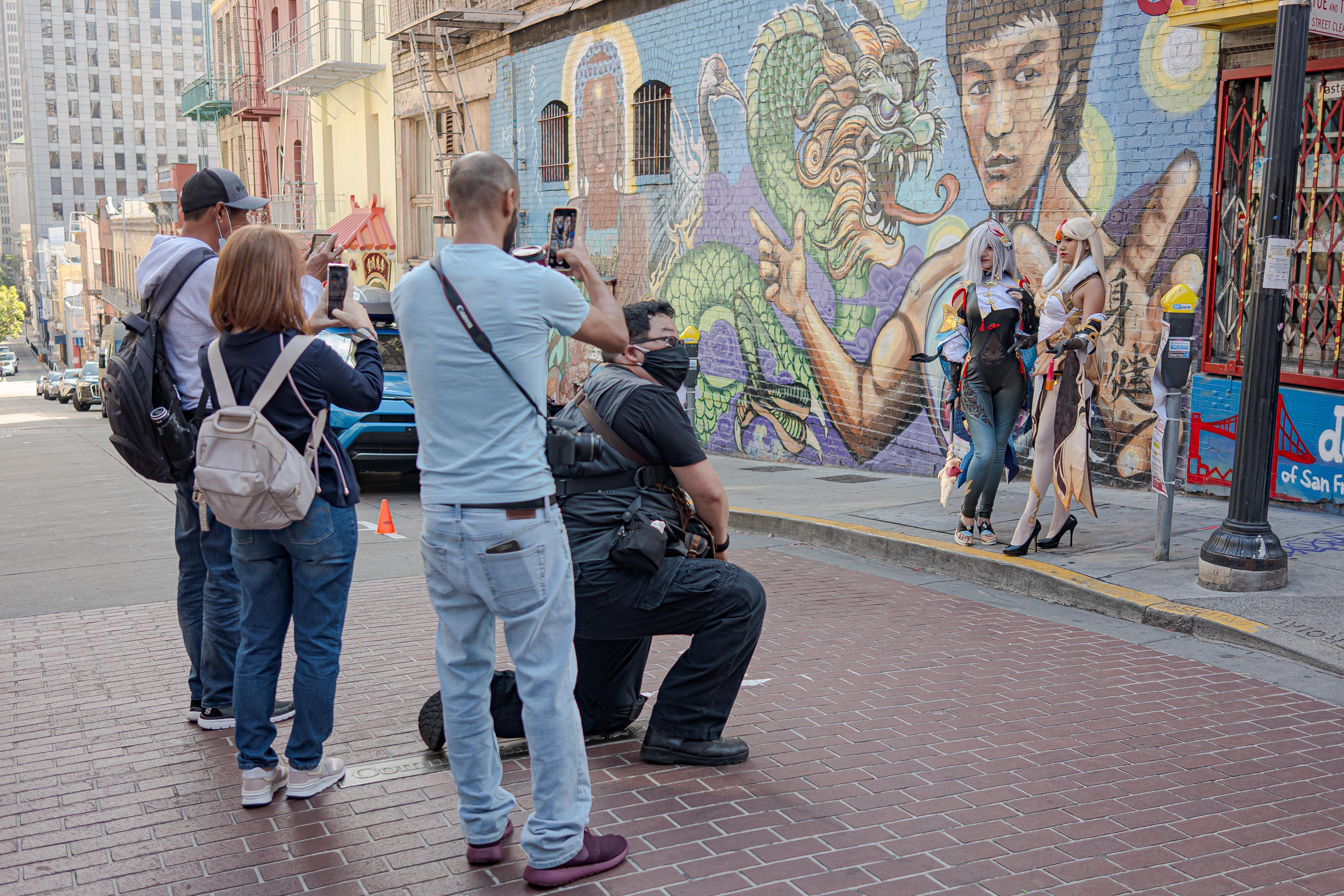 Leica CL · 23mm · f/2 · 1/200 ·
ISO 100
Leica CL · 23mm · f/2 · 1/200 ·
ISO 100
California Academy of Sciences
Finally, after checking out of the Hyatt, we made one last stop — the California Academy of Sciences designed by Renzo Piano. It is one of several public institutions in Golden Gate Park, including the De Young Museum, Japanese Tea Garden, and several others.
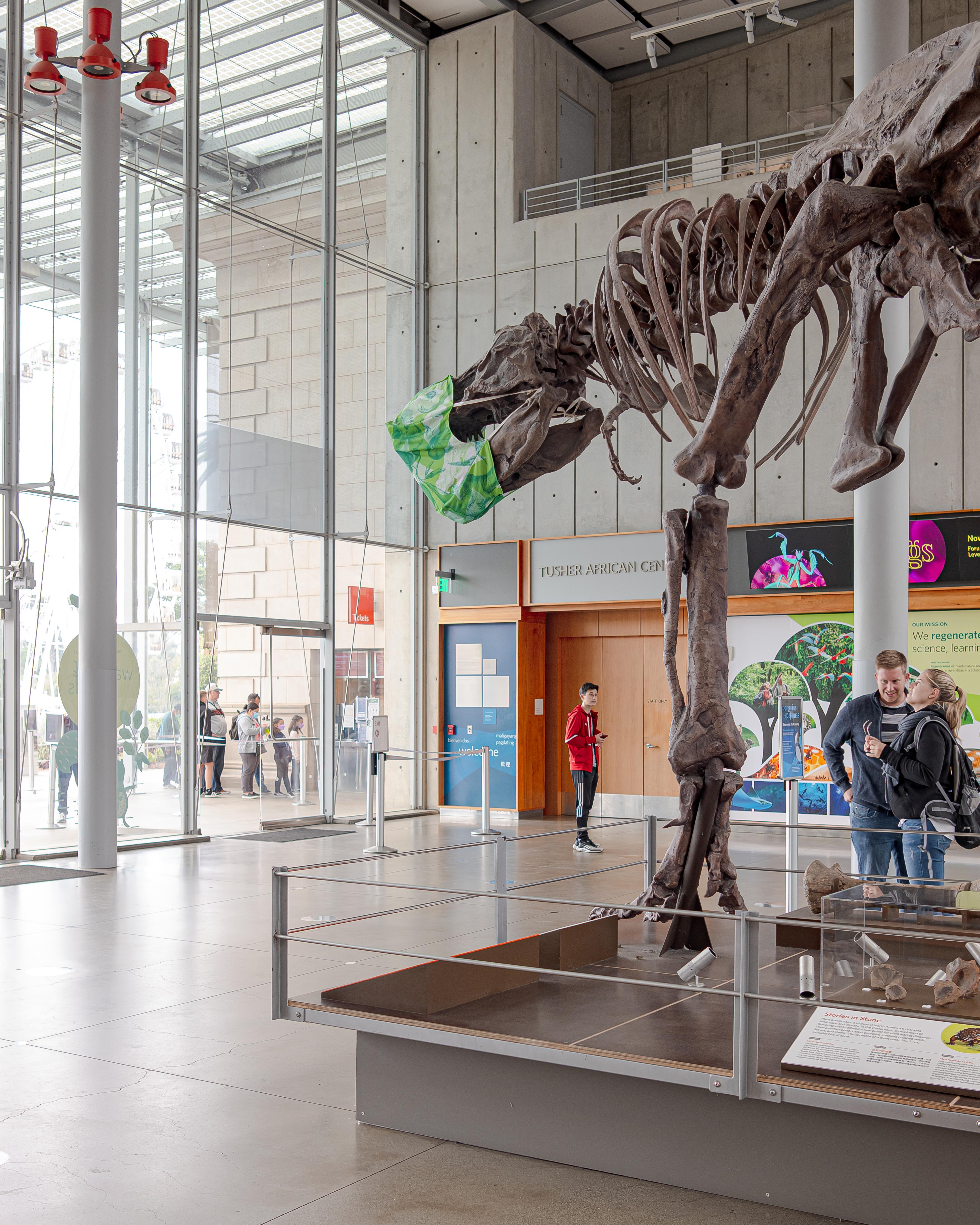 Leica CL · 23mm · f/2.8 · 1/60 ·
ISO 160
Leica CL · 23mm · f/2.8 · 1/60 ·
ISO 160
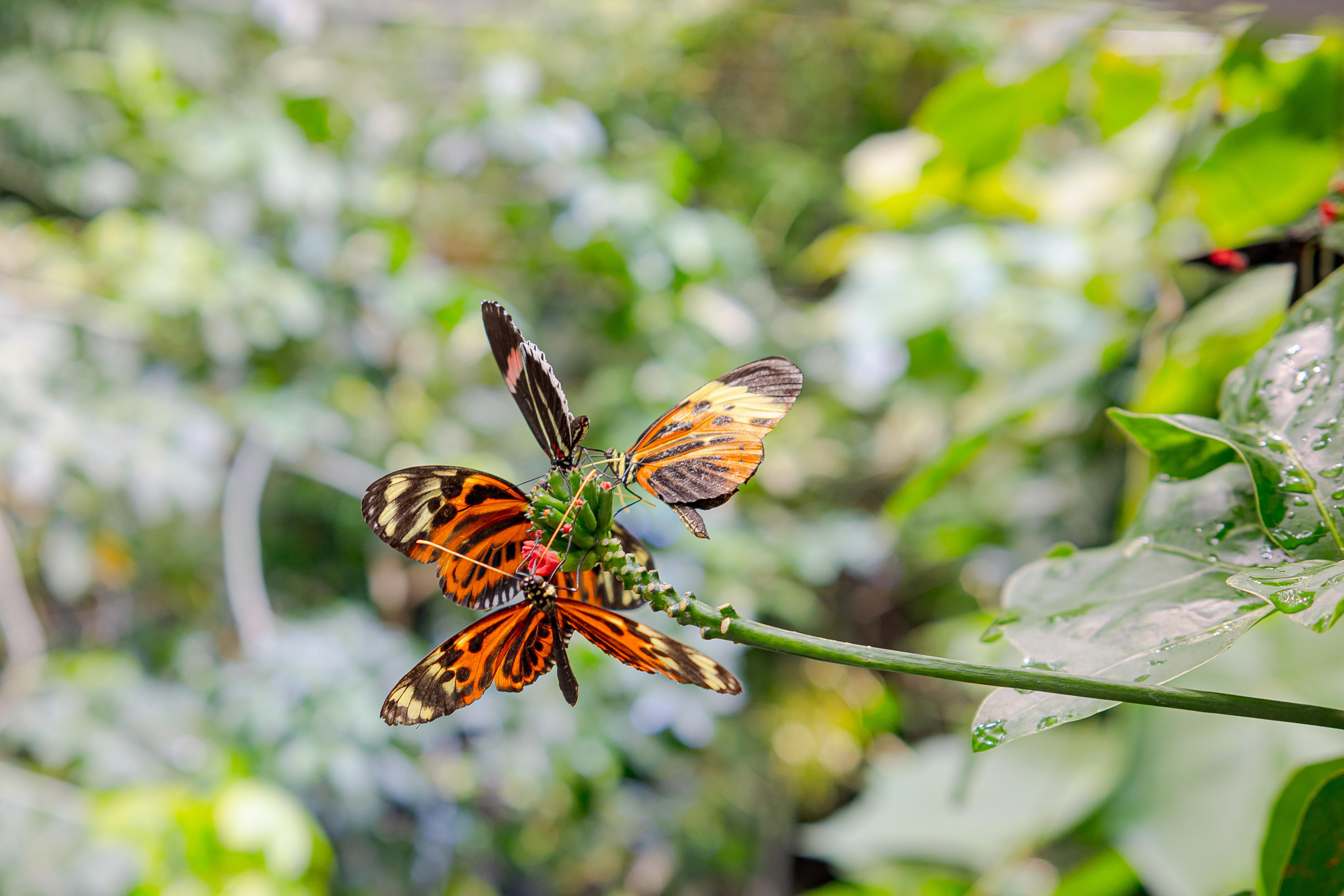 Leica CL · 23mm · f/2.8 · 1/60 ·
ISO 200
Leica CL · 23mm · f/2.8 · 1/60 ·
ISO 200
The building, with its undulating green roof, is one of my favorite works of architecture in SF. It looks thoroughly modern, yet it hints at the history of the institution going back to 1853. Its footprint matches the previous incarnation of the institution that was severely damaged in the 1989 Loma Prieta earthquake. Episode 9, season 2 of How Did They Build That? covers the design and construction of this building at length.
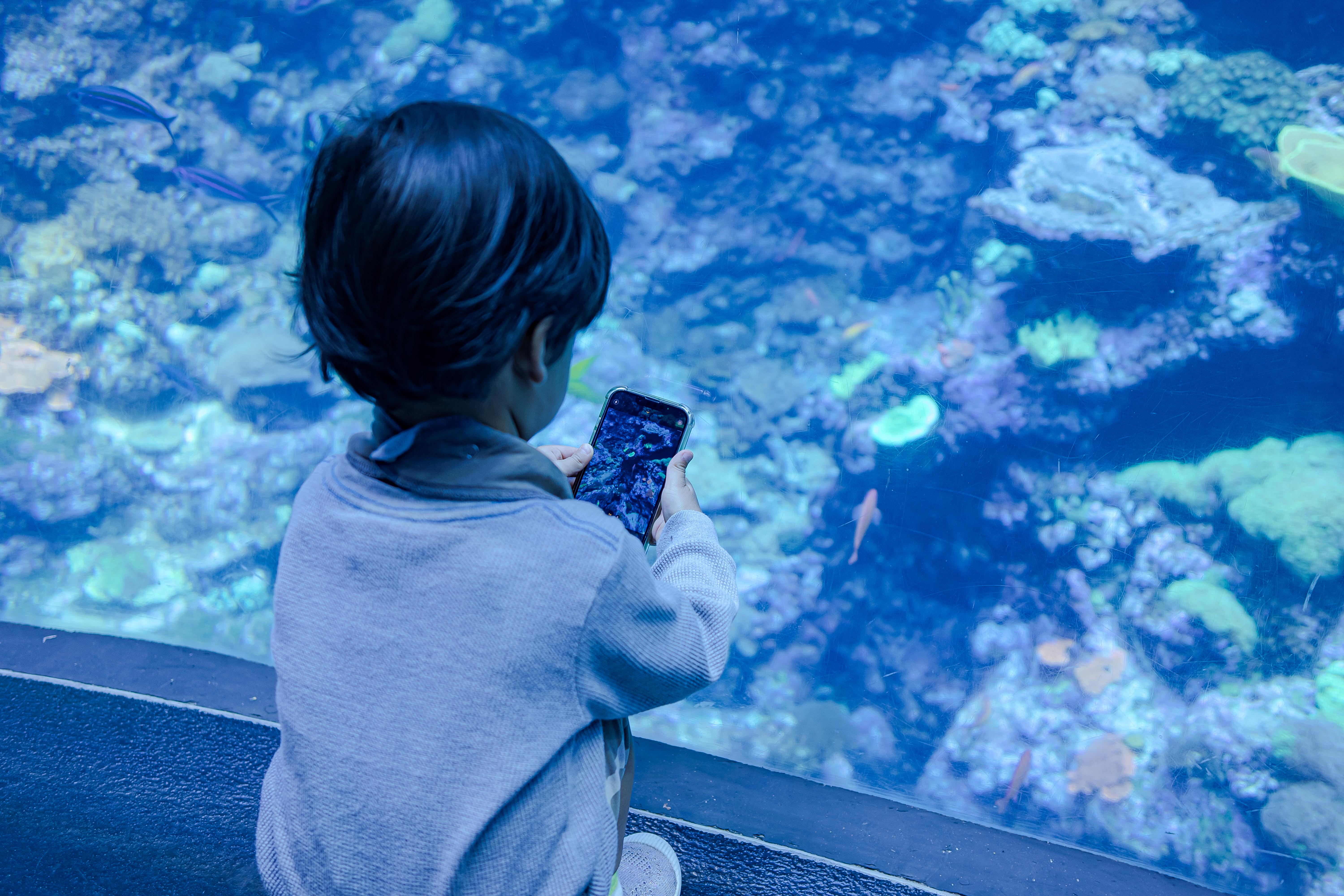 Leica CL · 23mm · f/2 · 1/60 ·
ISO 250
Leica CL · 23mm · f/2 · 1/60 ·
ISO 250
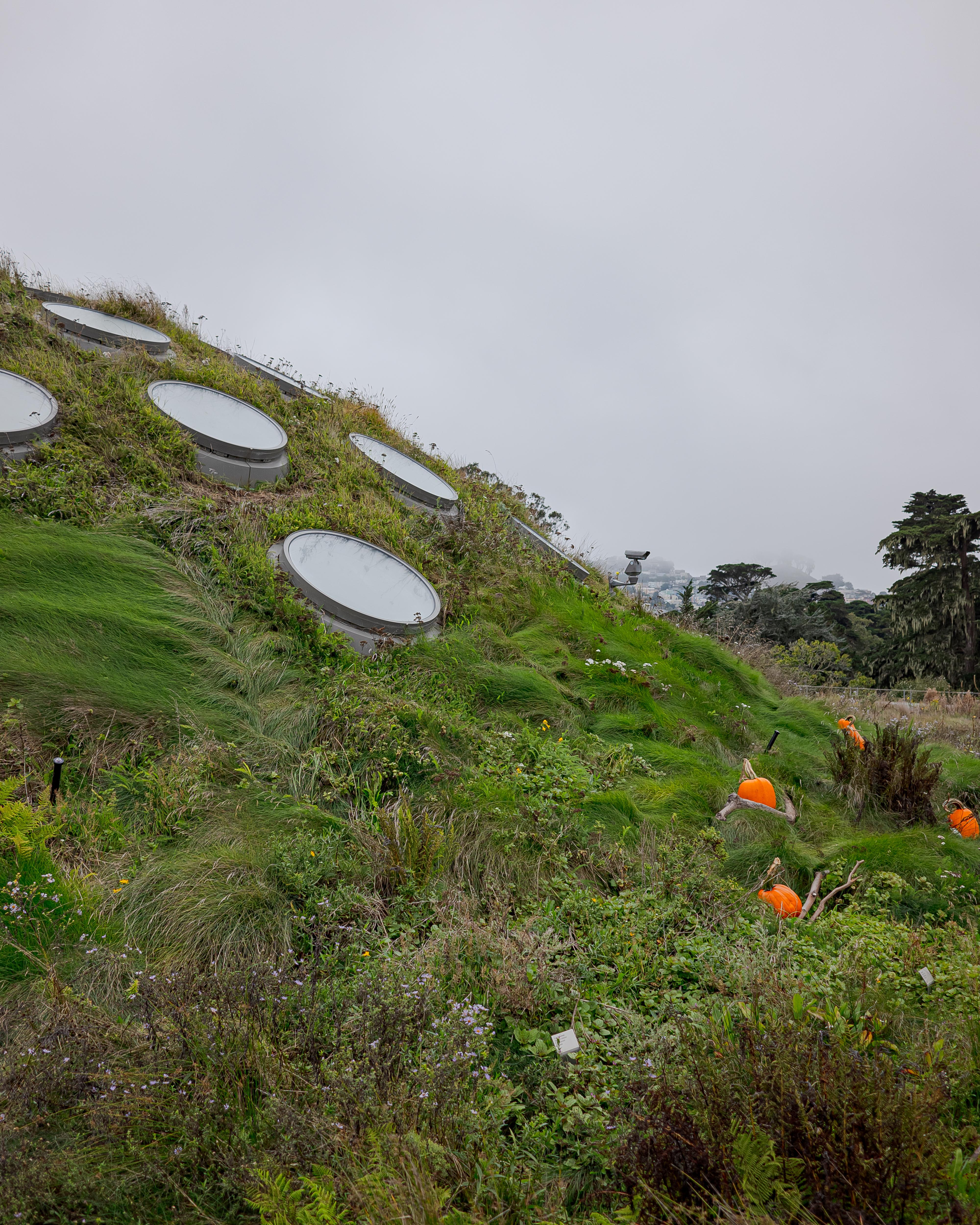 Leica CL · 18mm · f/2.8 · 1/1600
· ISO 100
Leica CL · 18mm · f/2.8 · 1/1600
· ISO 100
It offers plenty for adults and children alike. I know we’ll be back soon.
Camera setup
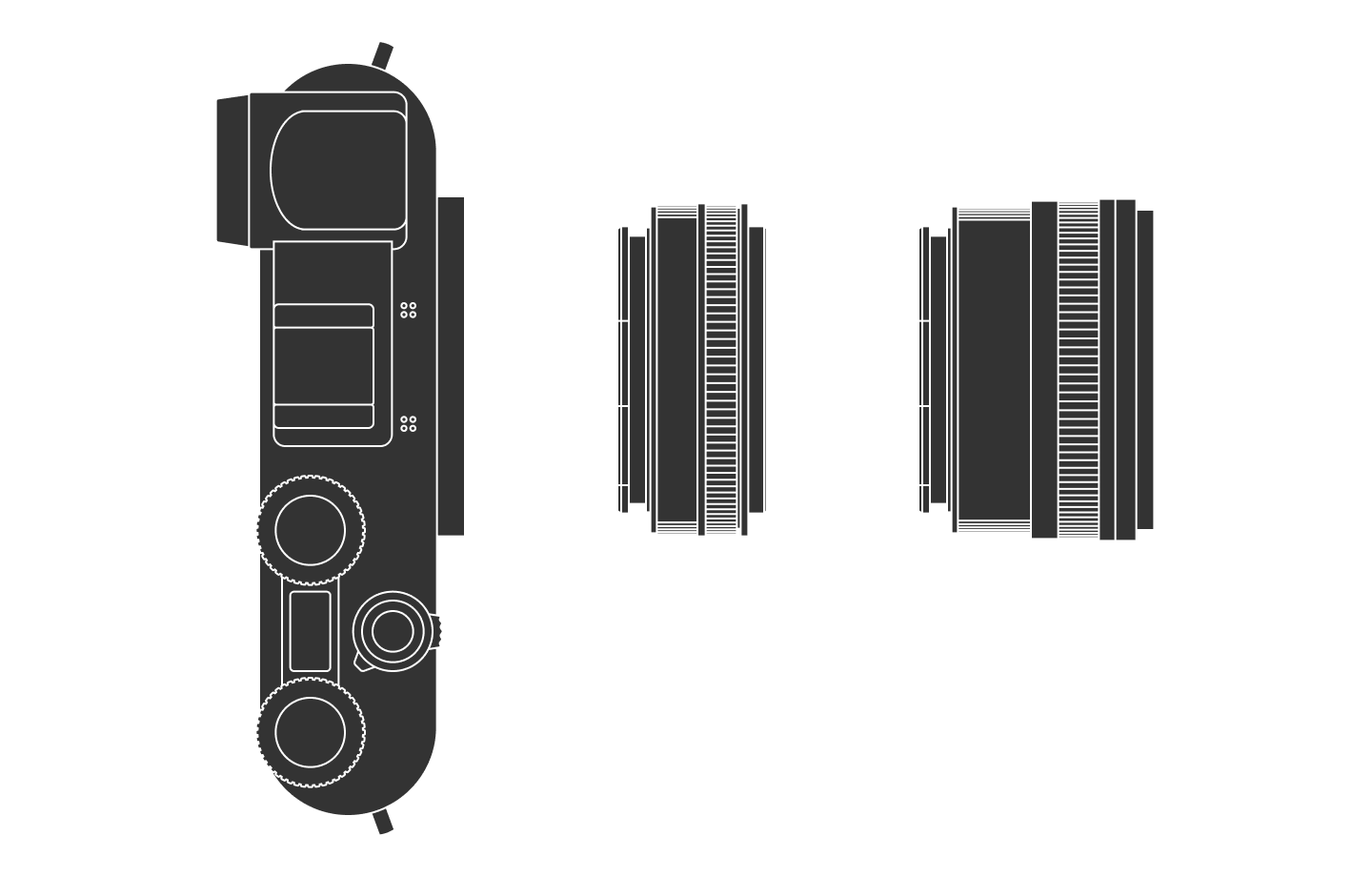
Thanks to Q for reading drafts of this.